Free Consultation with no strings attached
Connect Directly to the Designer of your choice
with All Shortlisted Designers
Long before Wabi-Sabi permeated the world of modern interior design, it was first and foremost an all-compassing Zen way of life. Deeply rooted in the ancient Japanese Buddhist teachings, the philosophy of Wabi-Sabi seeks to offer refuge from modern society’s obsession with perfection, by embracing natural simplicity instead.
In interior design, incorporating the Wabi-Sabi concept is much more than just following a standard design template. Instead, it is about elevating living spaces with intentional and mindful design choices that focus on simplicity and authenticity.
1) Holland Close by Sheena & Edmund
In the Wabi-Sabi way of life where humble austerity is valued, less is more. In the context of designing living spaces, this requires a minimalist approach, editing unnecessary furnishings down to the essentials, and intentional placements.
At a glance, it is clear that this Holland Close project by Sheena & Edmund drew its inspiration from this philosophy, with its unabashed use of natural and raw wood materials and pared-down aesthetic with plenty of decluttered empty spaces.
Unlike most homeowners who opt for sleek, even and polished finishes, any eagle-eyed person will spot signs of intentional rawness and even “imperfections” throughout the house. From the raw surface of the carpentry shelving frames, inconsistency of the wood grain on the cabinets to the natural swirls in the concrete flooring, these are conscious design choices to embrace the flawed beauty of things as they are.
In the spirit of creating a calm and soothing space for refuge from the clutter of the modern world, our designers opted for a muted palette of neutral and warm tones, leaving natural light to do the rest of the work.
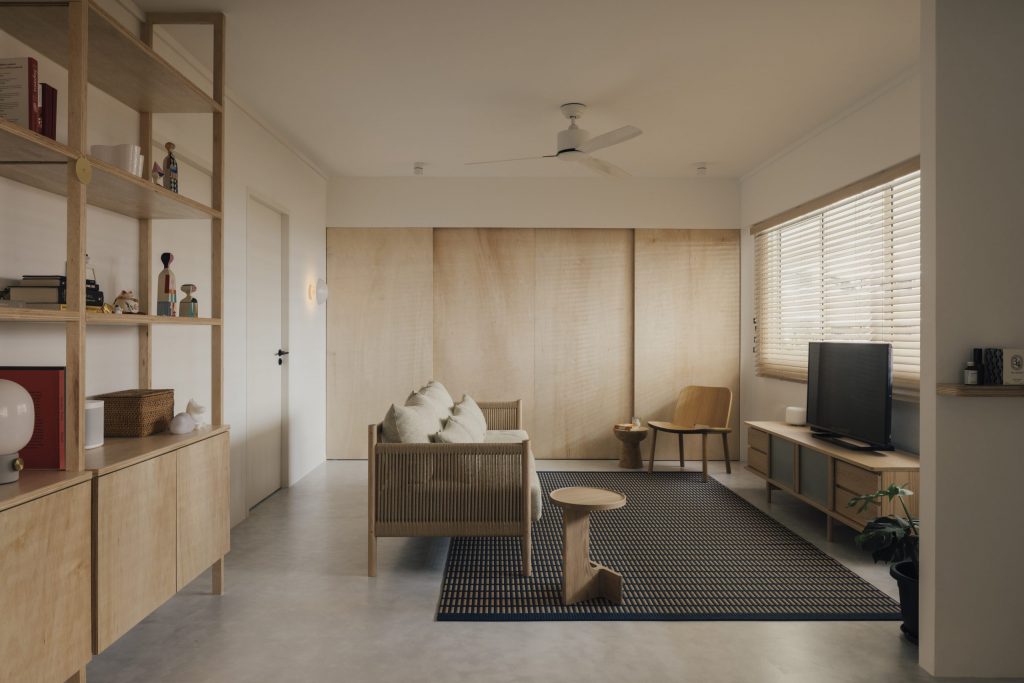
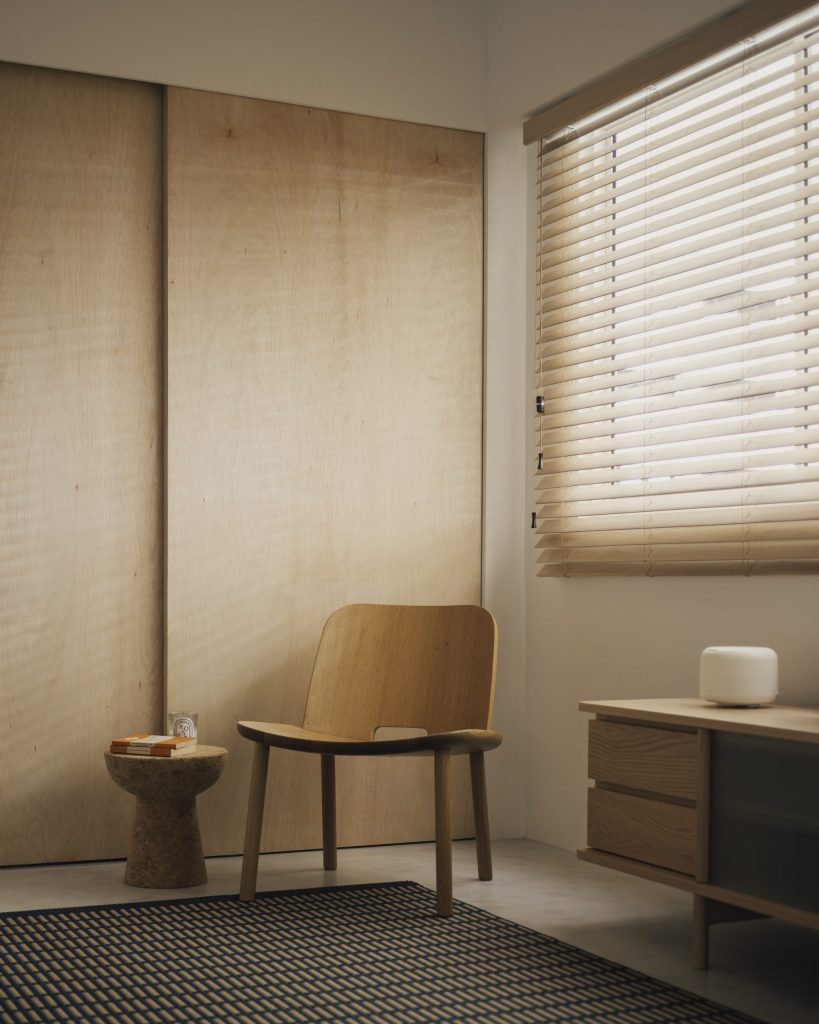
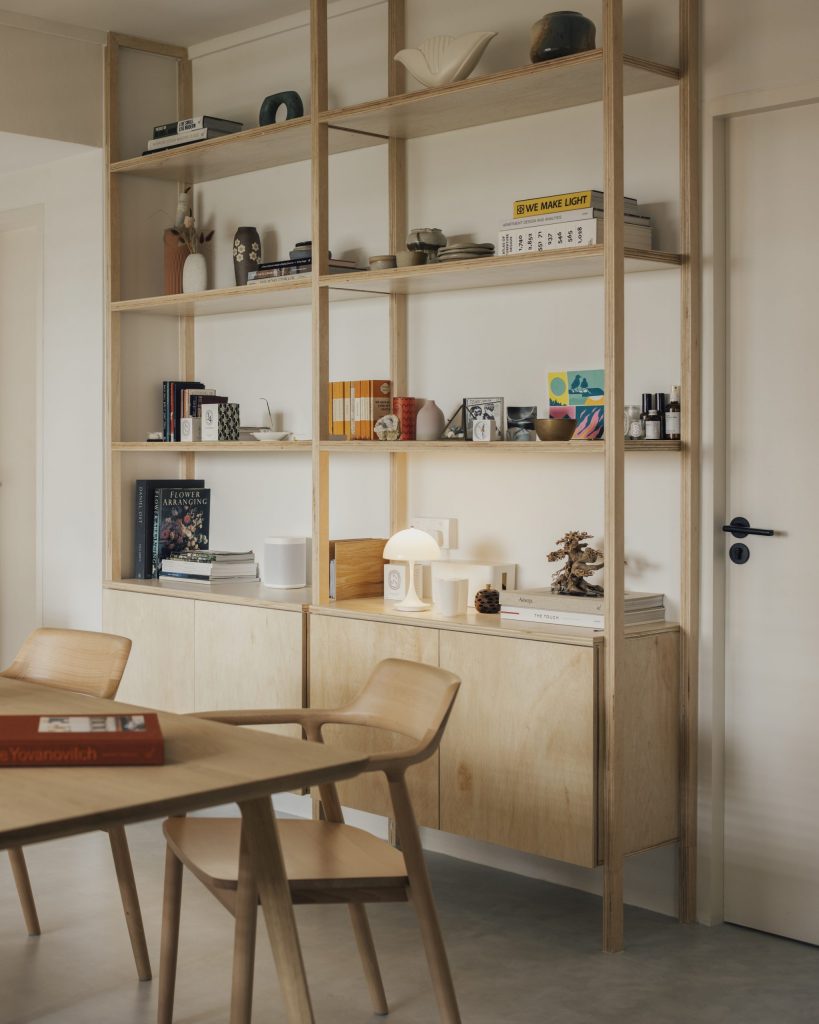
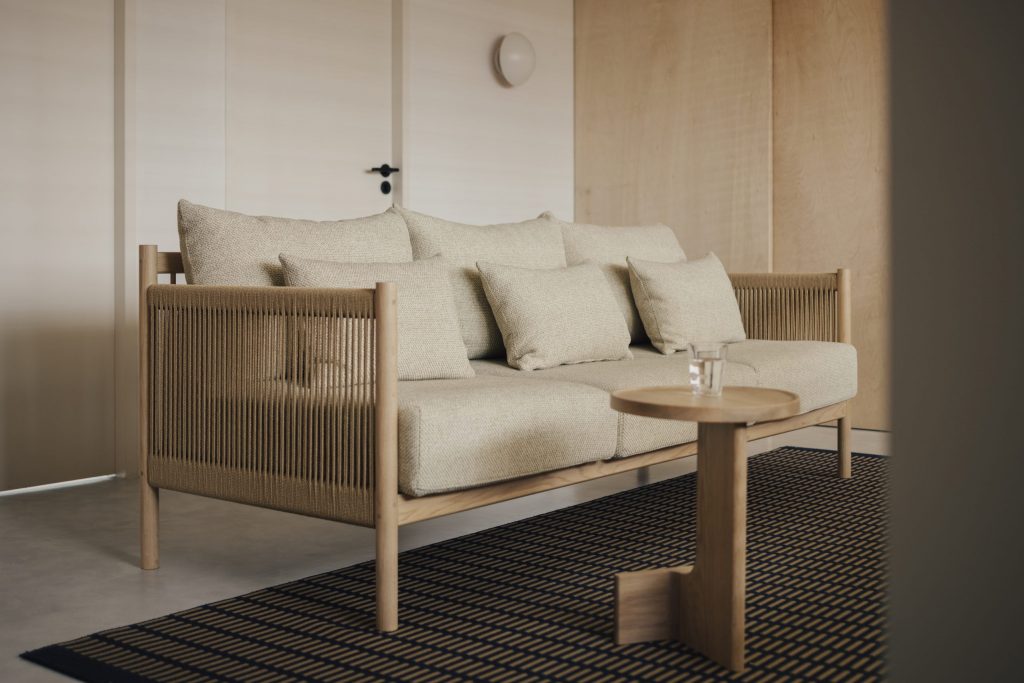
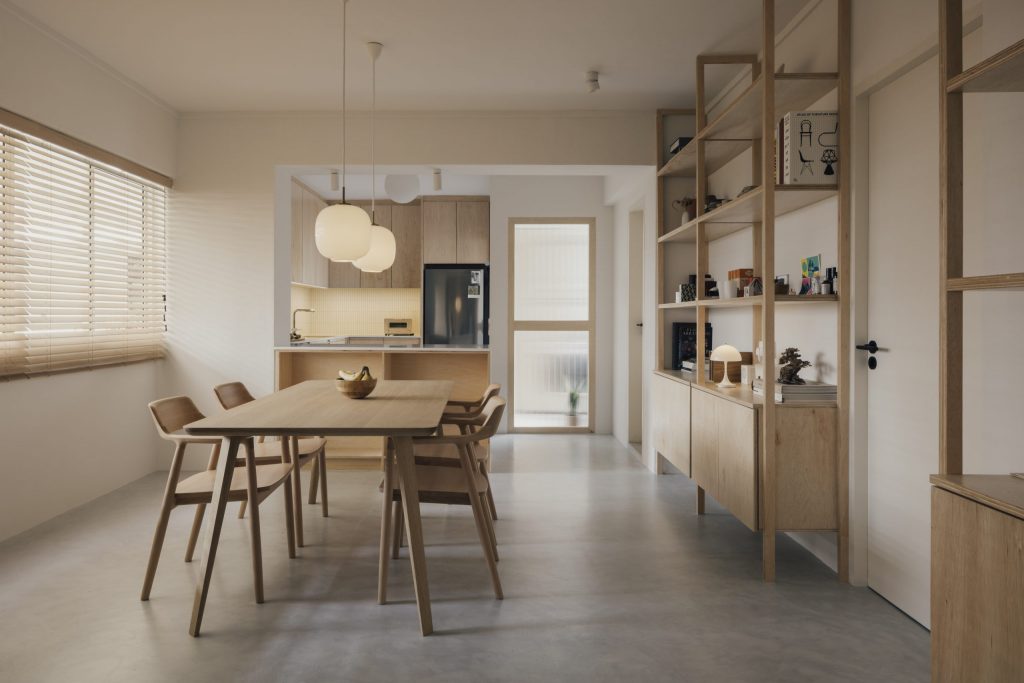
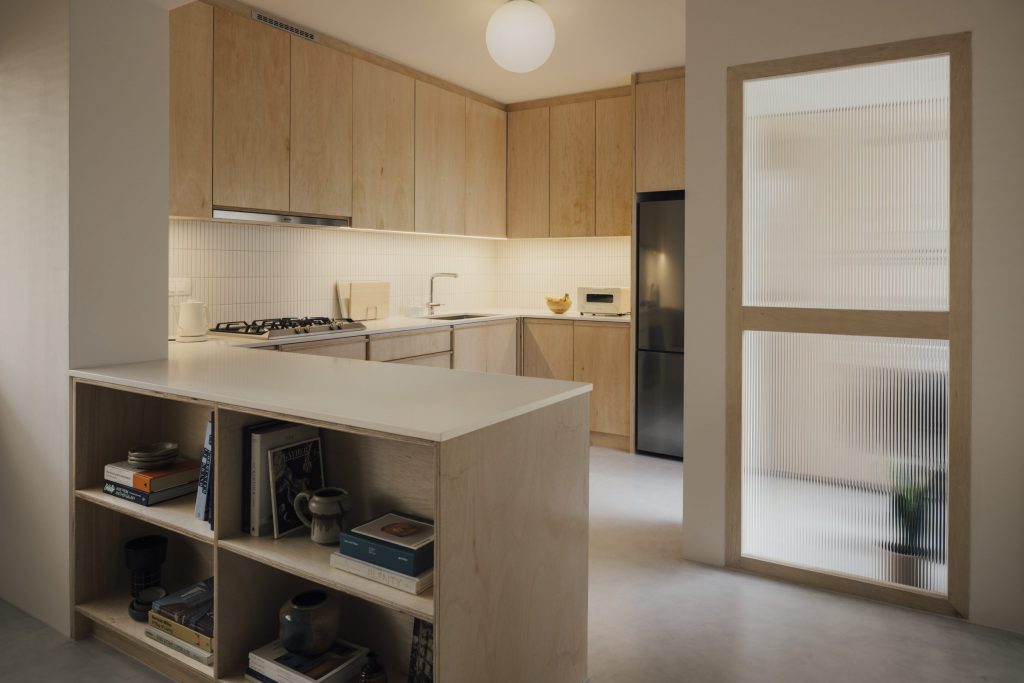
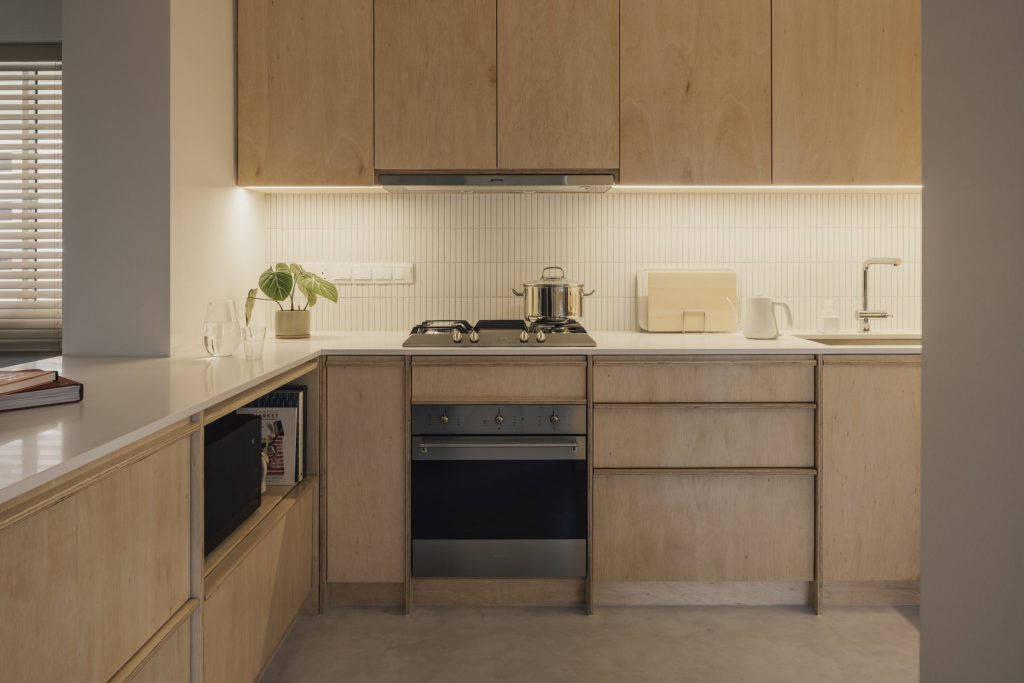
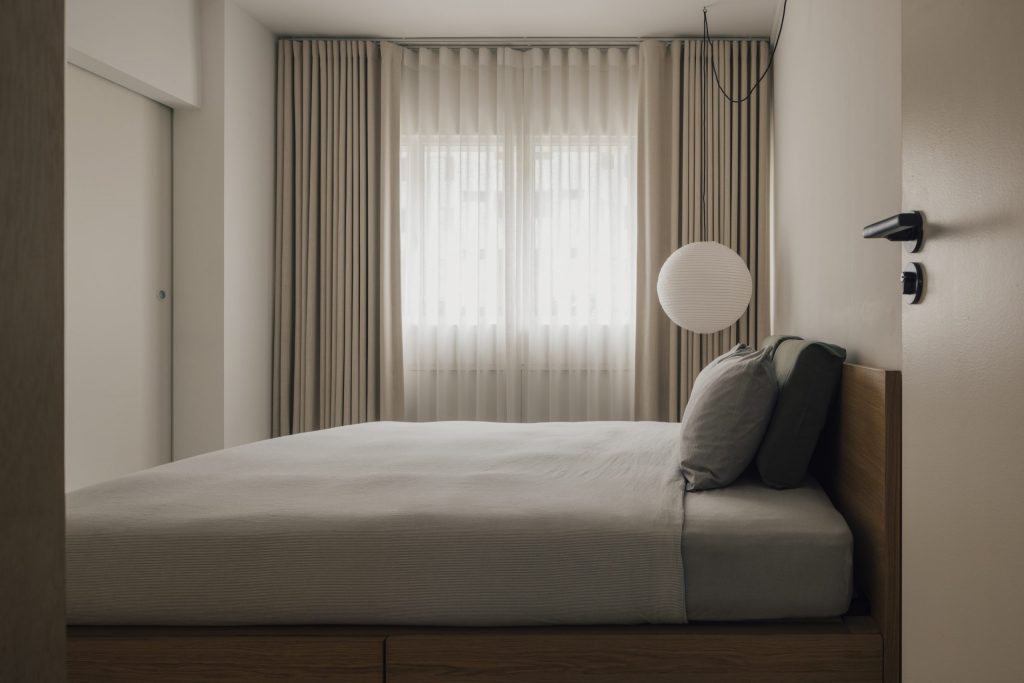
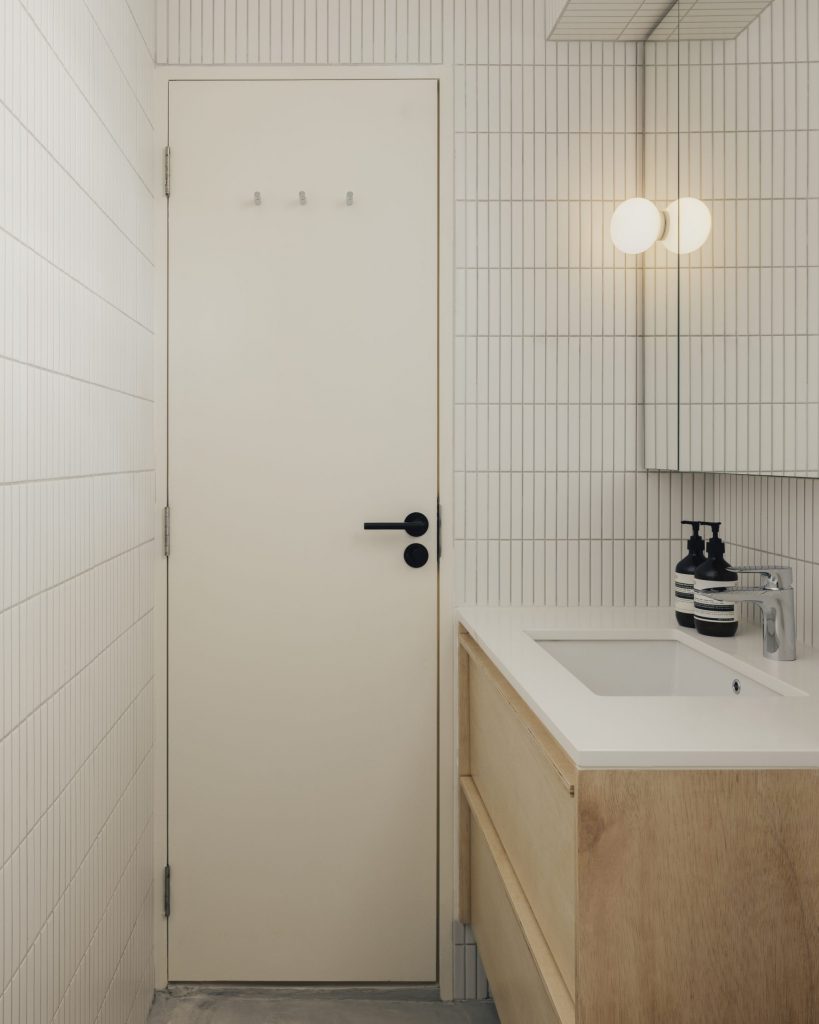
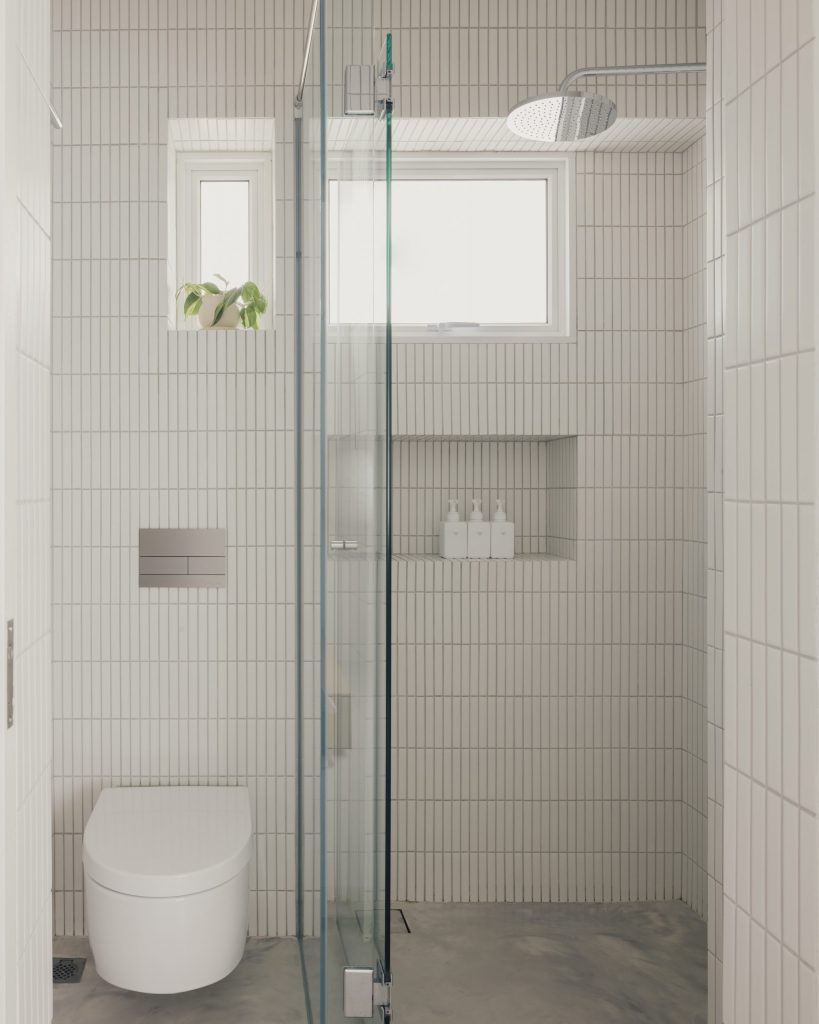
The fixation on symmetry in design is an example of the relentless pursuit of perfection that never ends in our world. The ethos of Wabi-Sabi, on the other hand, encourages the embracing of this imperfection.
In this Stirling project by Jo, the designer boldly bucks the convention of symmetrical design to achieve an unexpectedly delightful outcome. Strategic placement of furnishings and lighting throughout the various living spaces help to break the conventional balance that is expected while freeing up precious floor space at the same time.
Considering that cement designs are notoriously difficult to control, the deliberate and daring design choice of a cement screeded wall that is a running theme throughout the rooms evokes a sense of clear acceptance of imperfections in beauty and learning to let go of control.
In understanding that the weathering of beauty in the natural progression of time is inevitable, conscious choices were made in deciding on materials that age gracefully with time. From copper fixtures in the bathroom that were intentionally chosen in anticipation of its potential to develop new hues with time, to the leather couch expected to mature over time, the idea of accepting potential wear and tear as new types of beauty is truly inspirational.
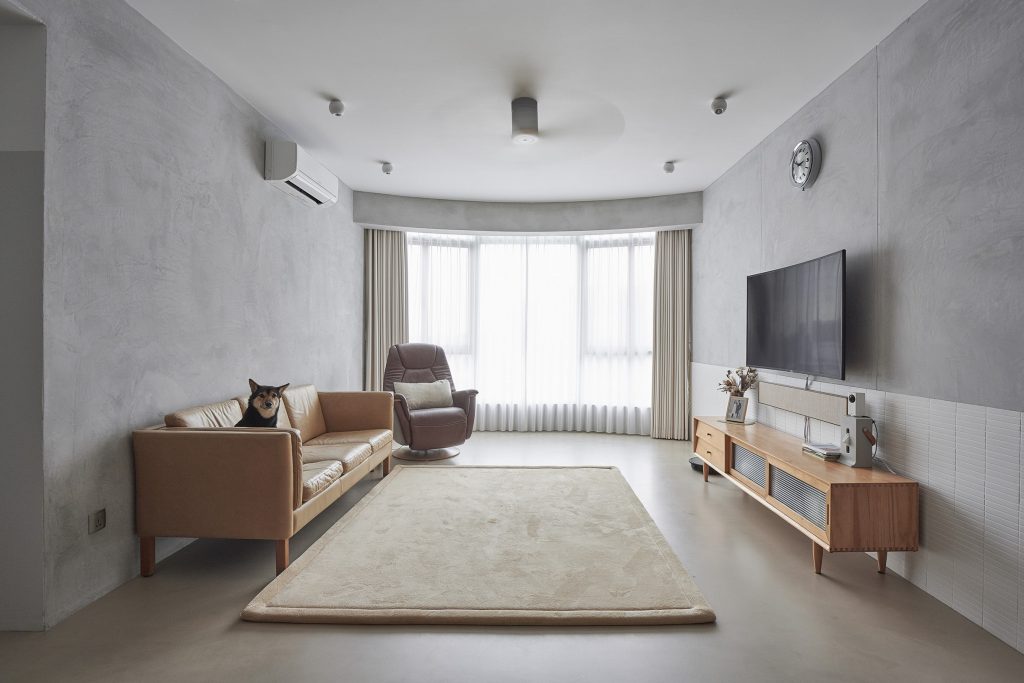
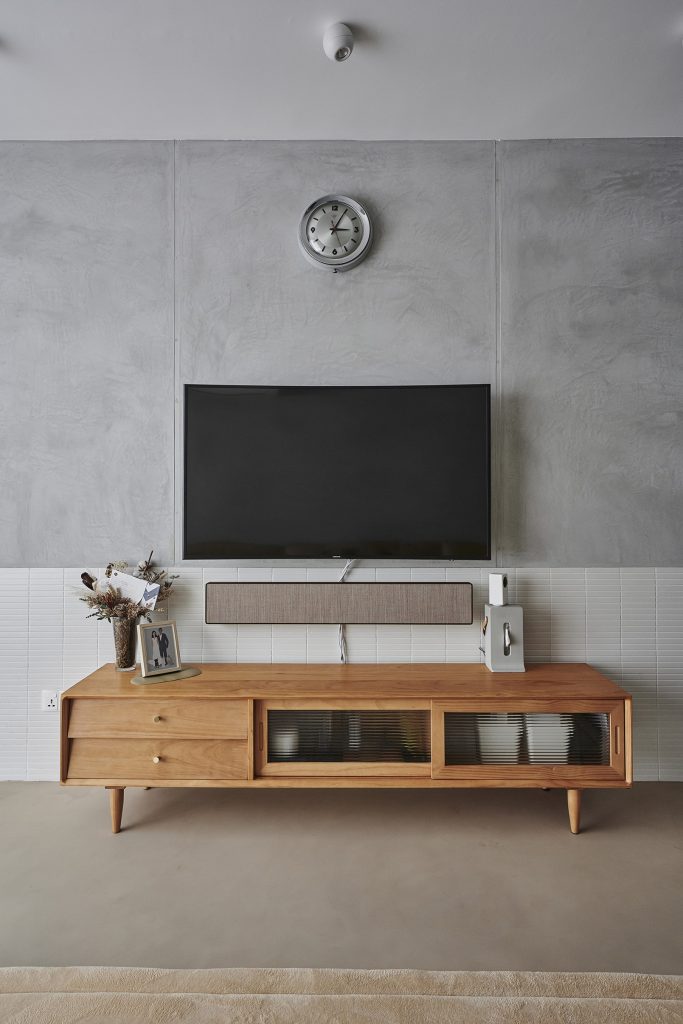
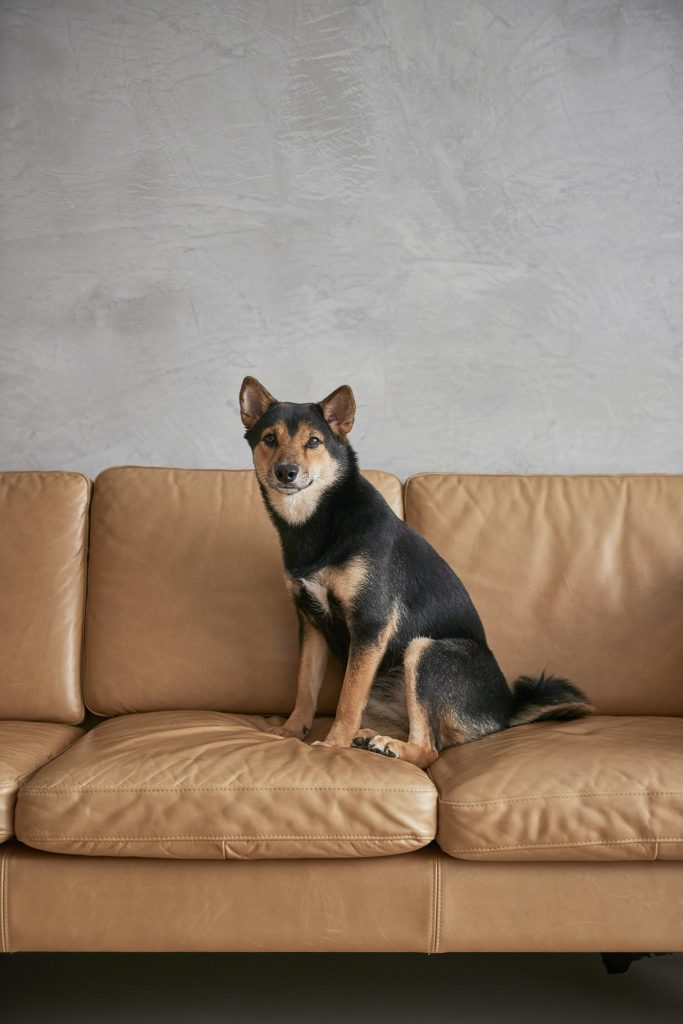
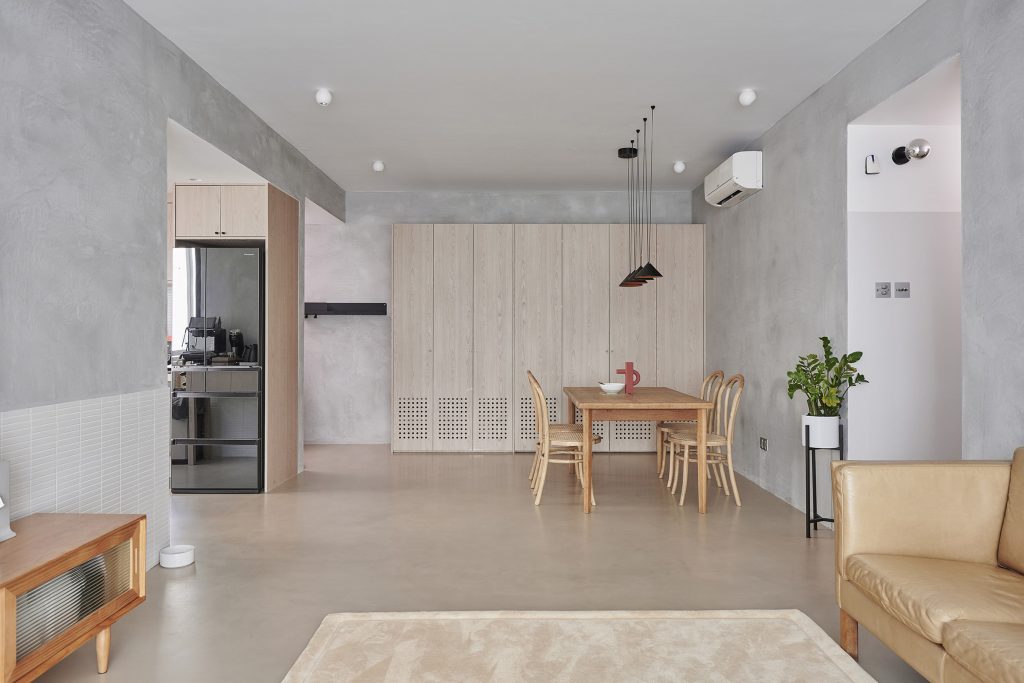
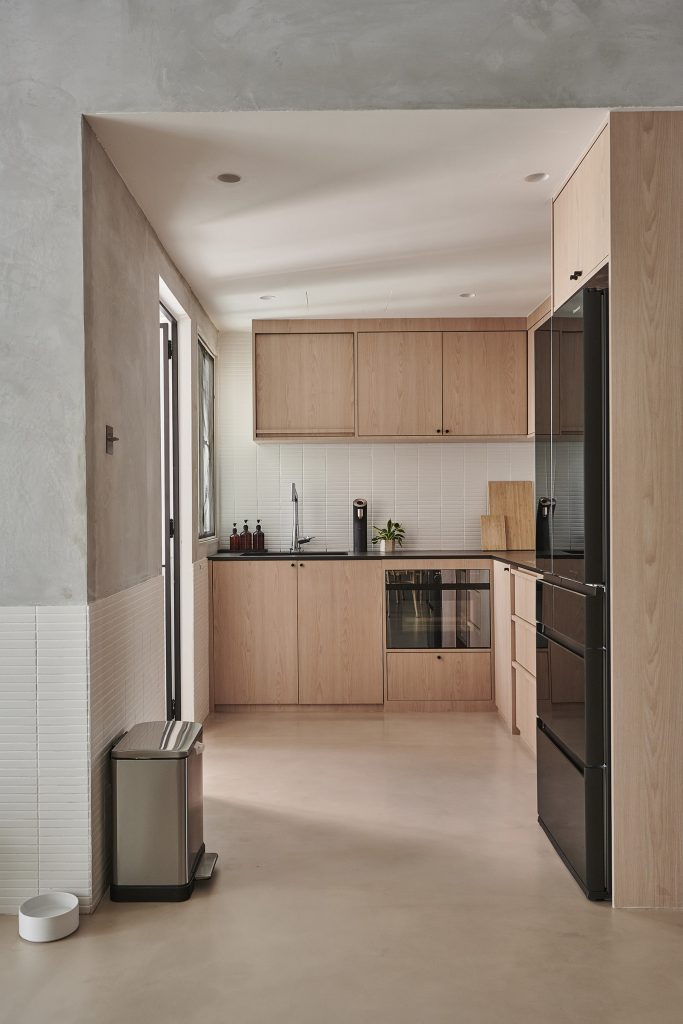
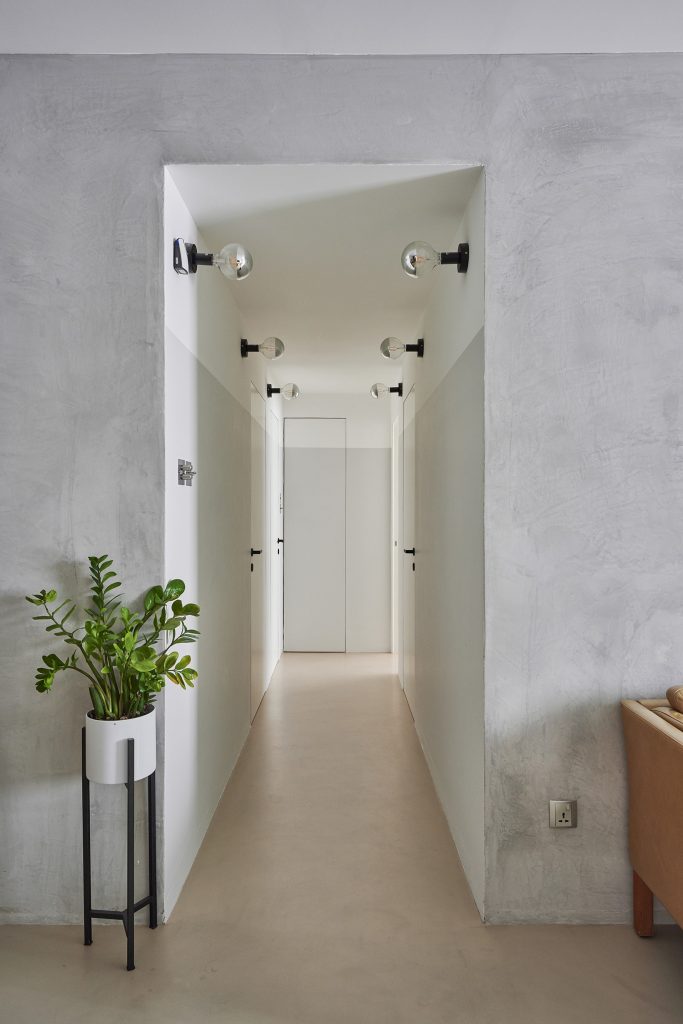
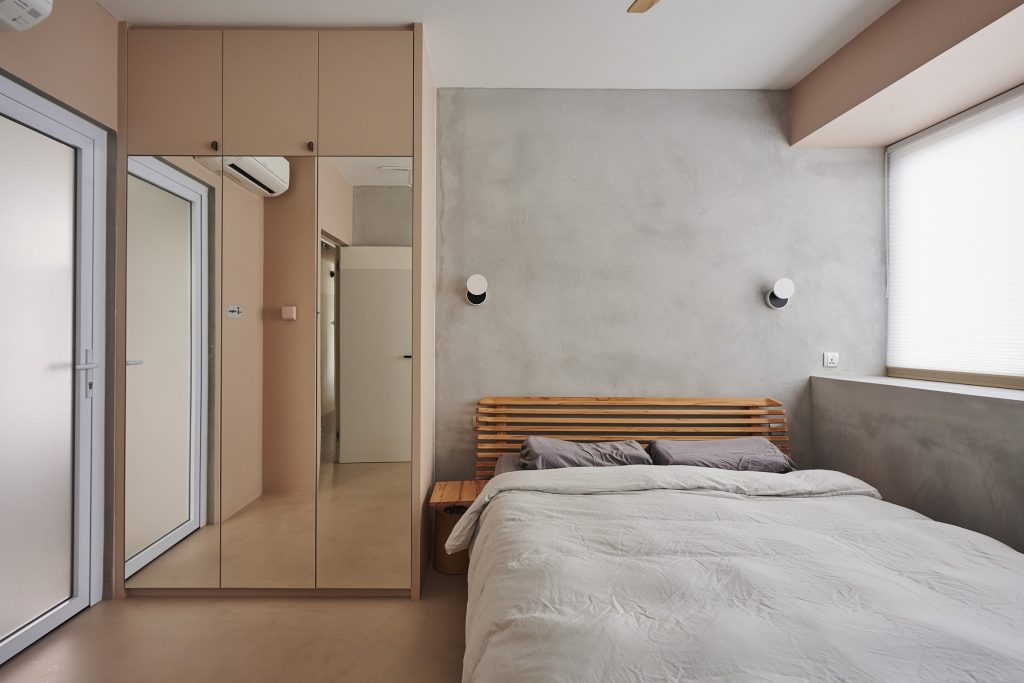
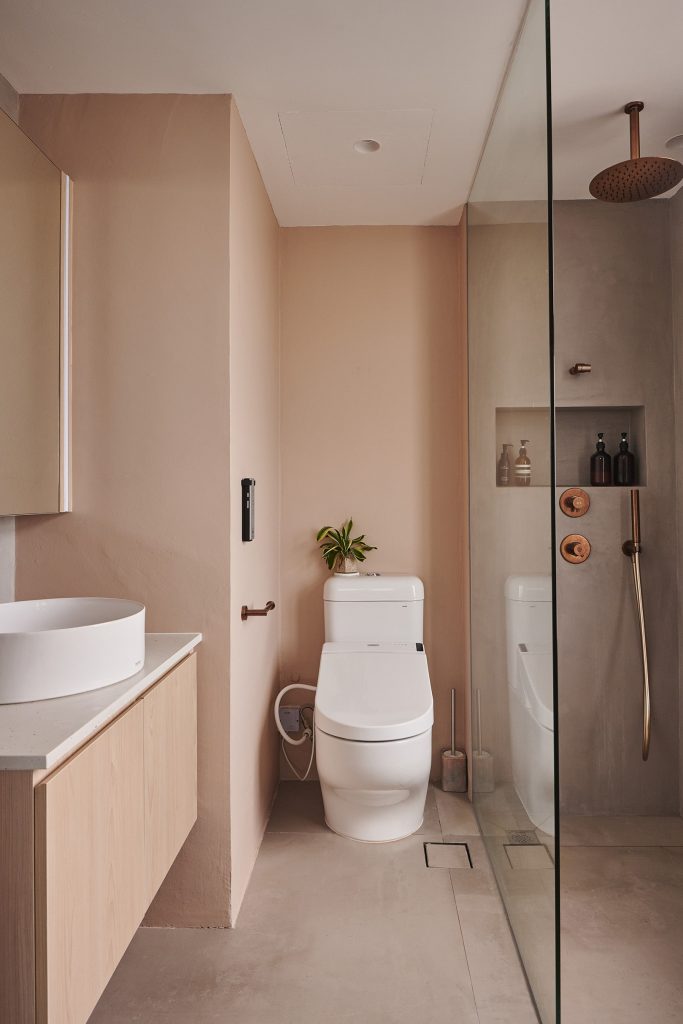
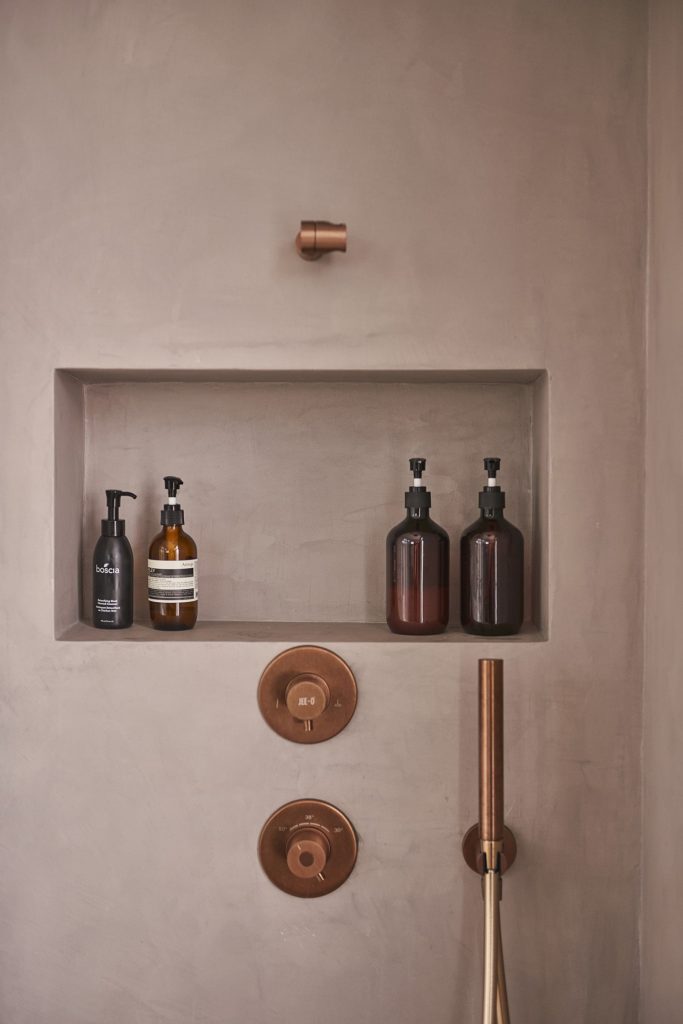
When it comes to interior design, harnessing the tranquil and soothing aesthetic that is Wabi-Sabi means going against the excesses of contemporary styles and focusing on humble simplicity.
In this Sin Ming project by Joan & James, the designers have succinctly grasped the concept at its core, creating a meditative, modest, and soothing sanctuary for the homeowners.
The decisive use of pure white throughout the home strips down the canvas to its most basic state, while at the same time providing the illusion of a larger sense of space. By intentionally pairing this muted backdrop against long lines of darker tones of wood, be it in carpentry or furnishings, the designers successfully dramatize the visual perception of depth in the small space.
In Japanese architectural and interior design, there’s a term called Tokonoma, which translates loosely to “framed emptiness”, and commonly refers to an alcove in Japanese homes where items are displayed for appreciation. Bringing this concept into this home, the designers focused on intentional placements of items throughout the house, giving each treasured item or collection its time in the spotlight.
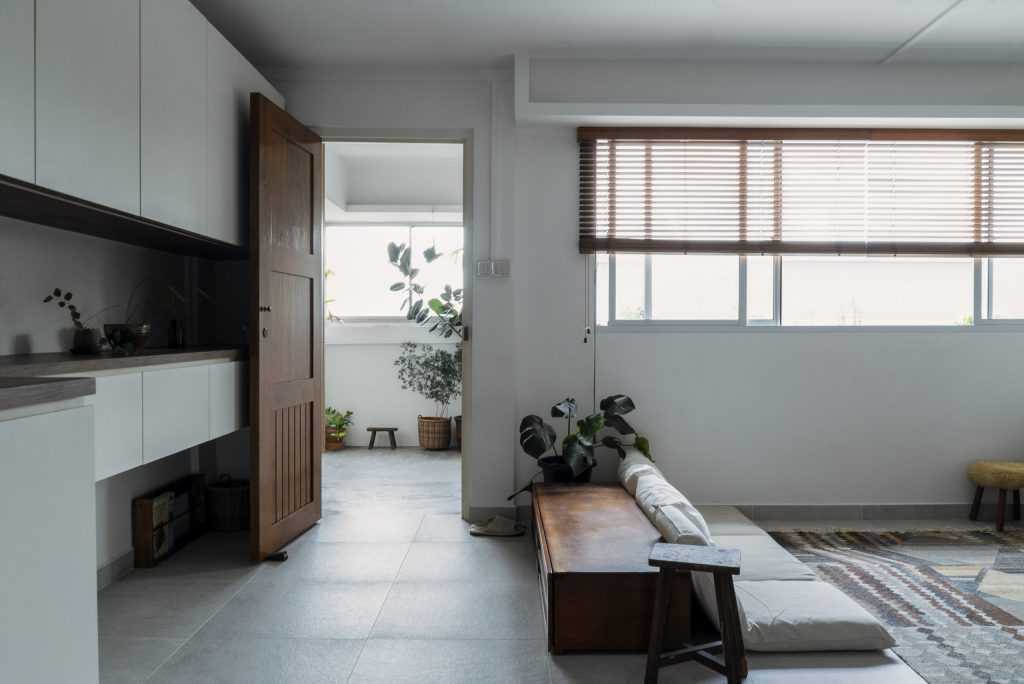
The use of the colour white brightens the home, provides a larger sense of space and is paired with darker tones of wood carpentry and furniture to create visually long lines that dramatise the visual perception of depth.
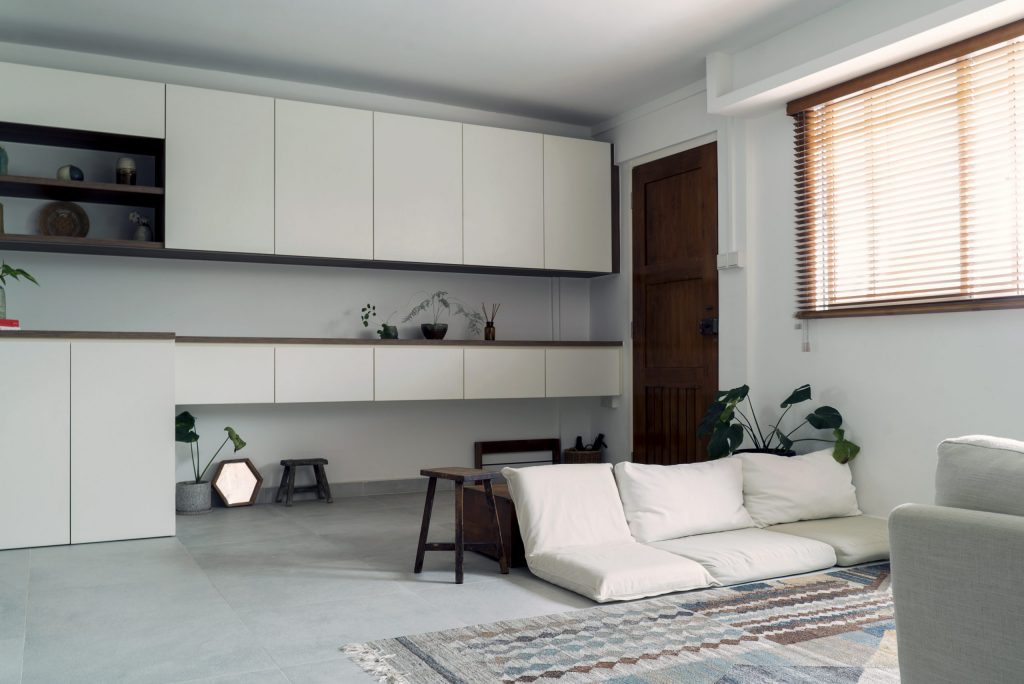
A mix of natural, earthy tones and neutrals were incorporated to bring comfort and warmth to the space.
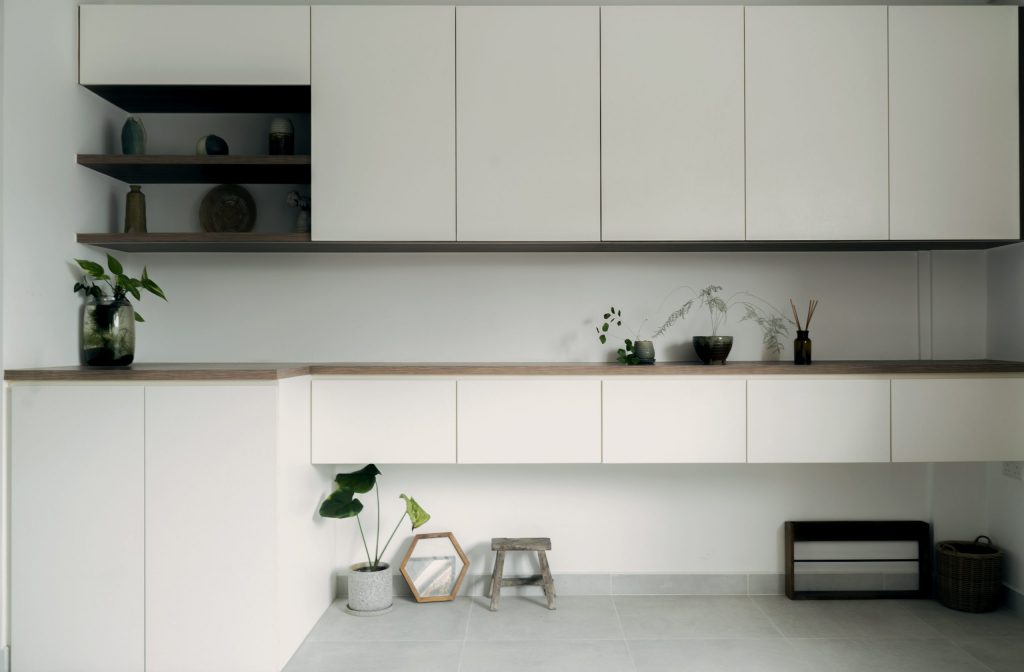
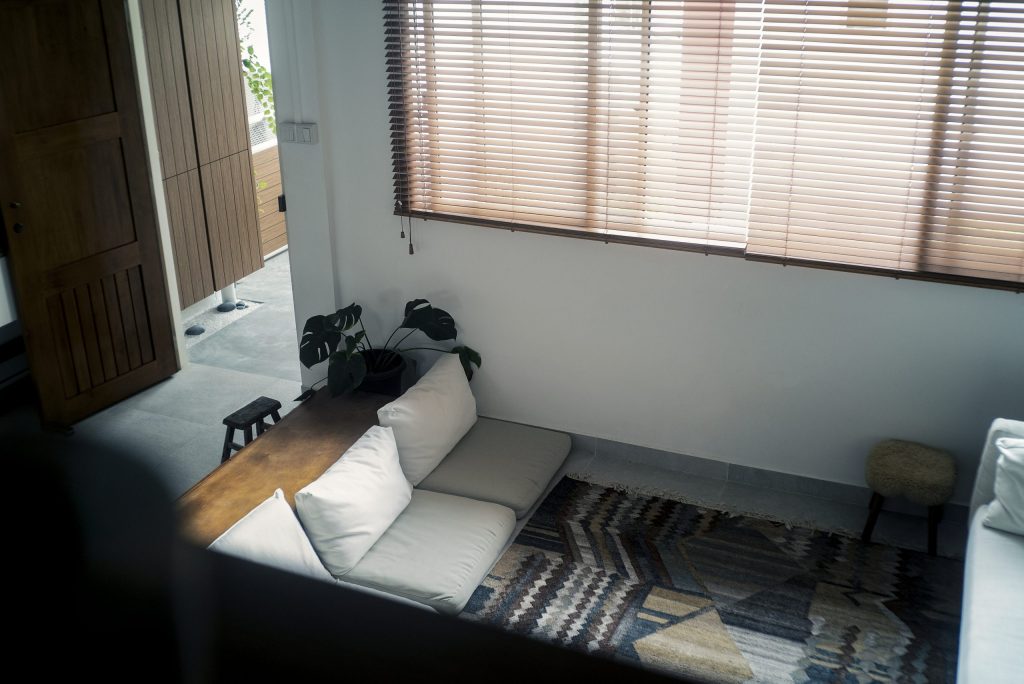
Styling accessories such as potted plants, fabric rugs and throws are decorated around the home to create a cosy atmosphere.
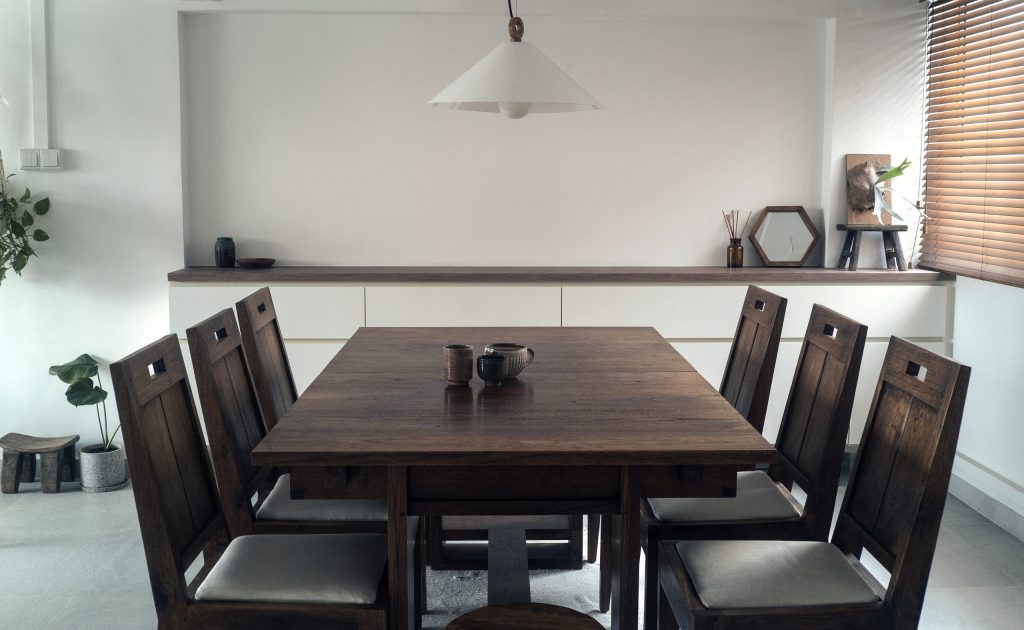
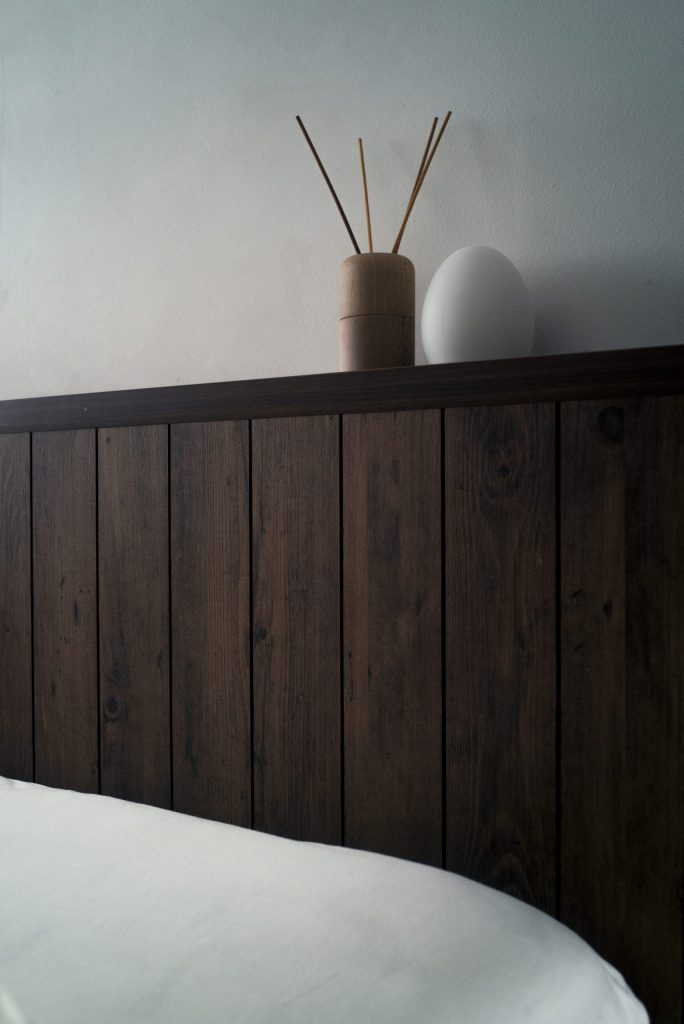
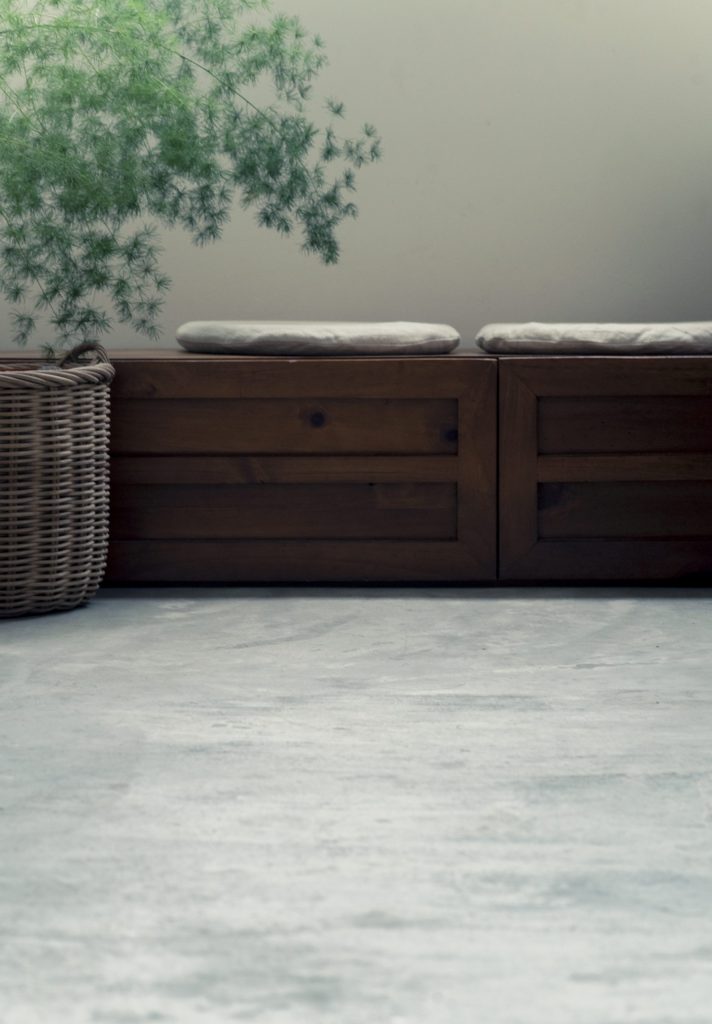
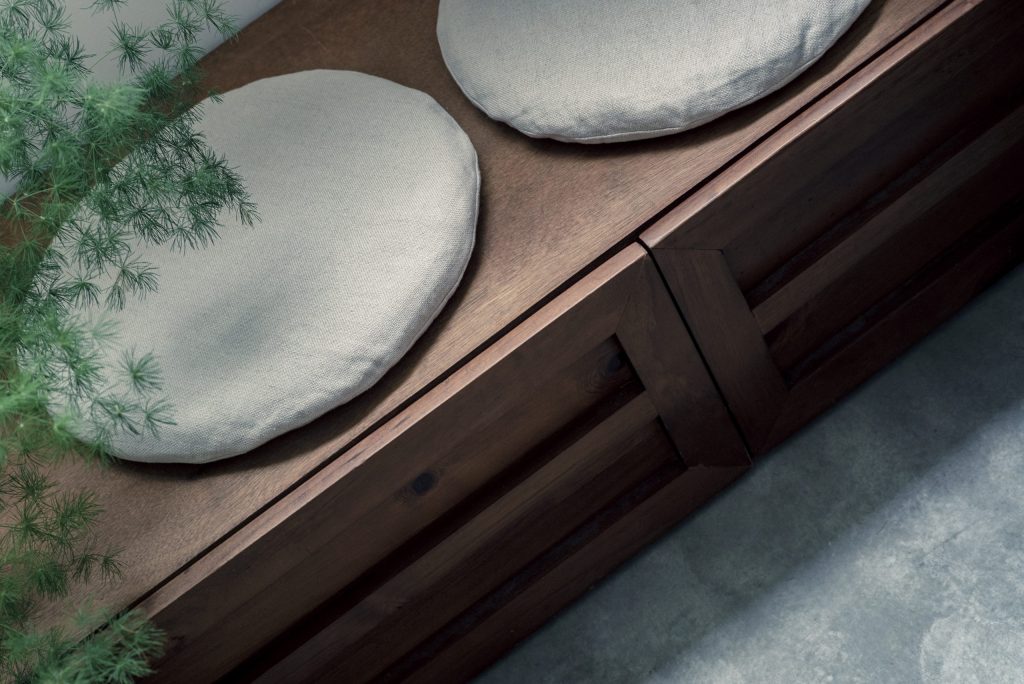
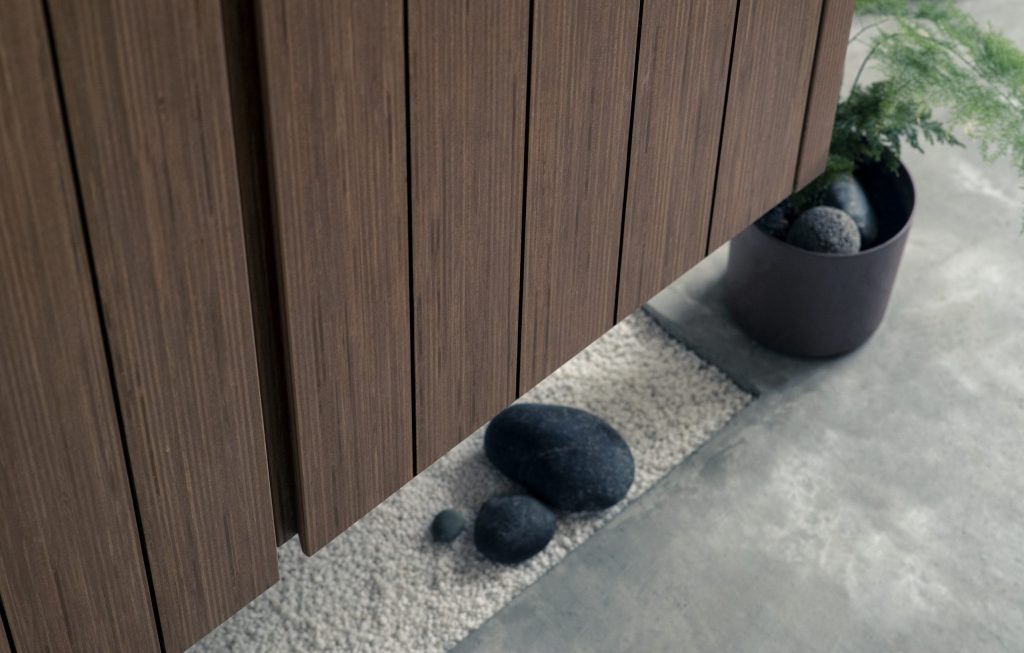
For many, the appeal of the Wabi-Sabi design aesthetic lies in its emphasis on austere beauty, and the sense of spiritual calmness and contemplative mood that is evoked through this style of interiors.
In this Tampines project by Eddie & Serene, the designers artfully played up the wabi-sabi influences throughout the living space to create an introspective refuge where the homeowners can come home to unwind, relax, and enjoy a slowdown in pace from the hecticness of the outside world.
Keeping to a simple muted palette of whites, greys, and natural wood, with an open layout that is free from clutter, helps the space achieve a sense of unadorned beauty.
Everywhere in the home, fixtures and furnishings are carefully curated down to the essentials, while beloved accessories have their curated alcoves for appreciating their beauty.
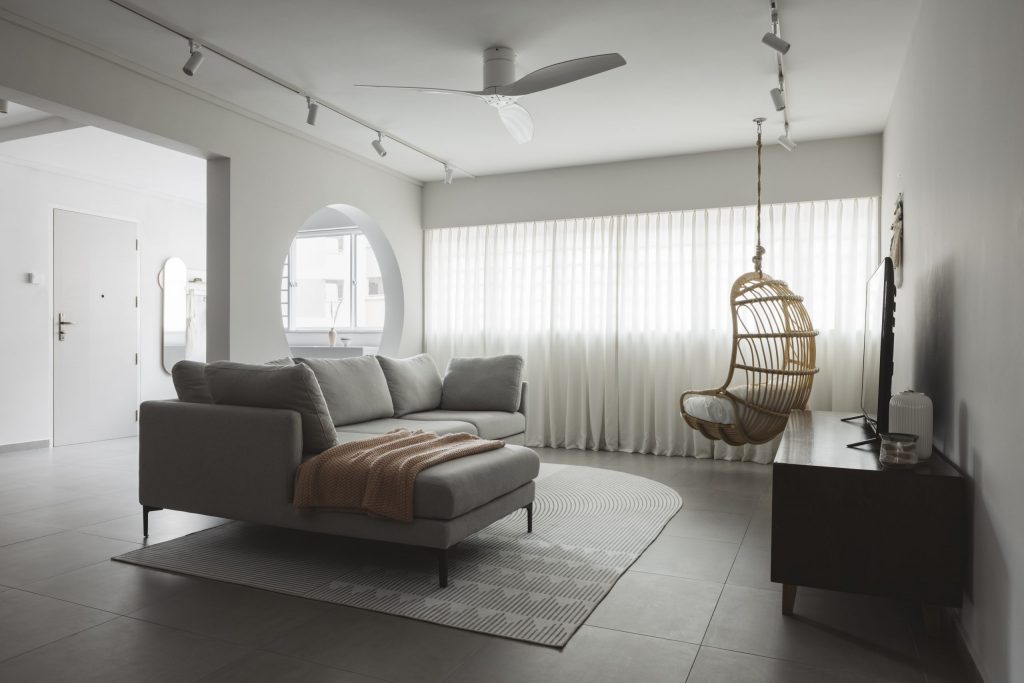
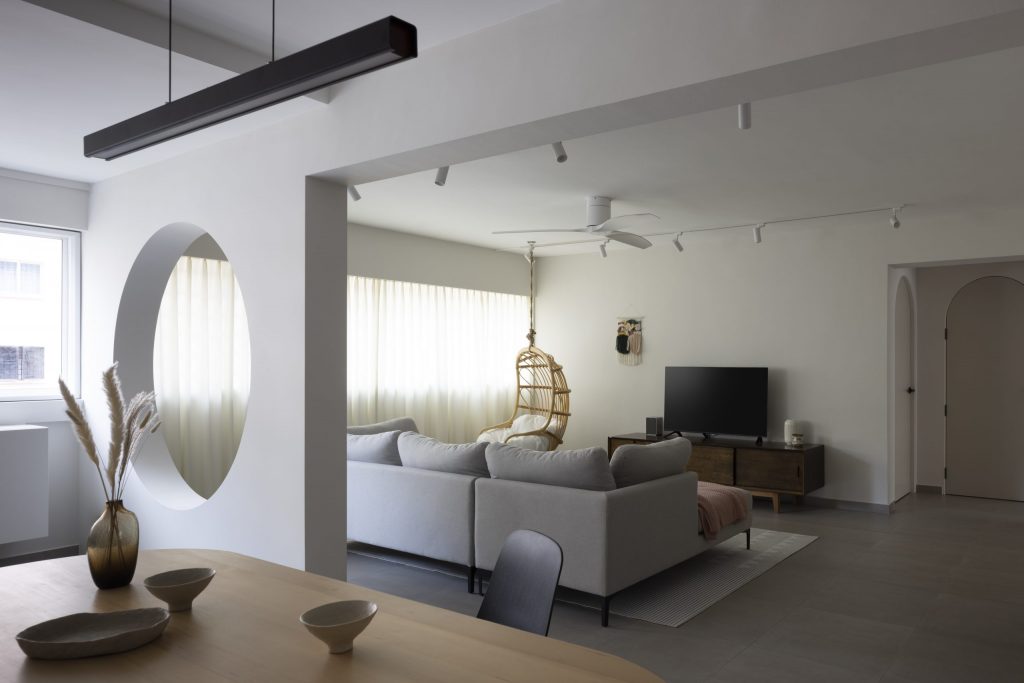
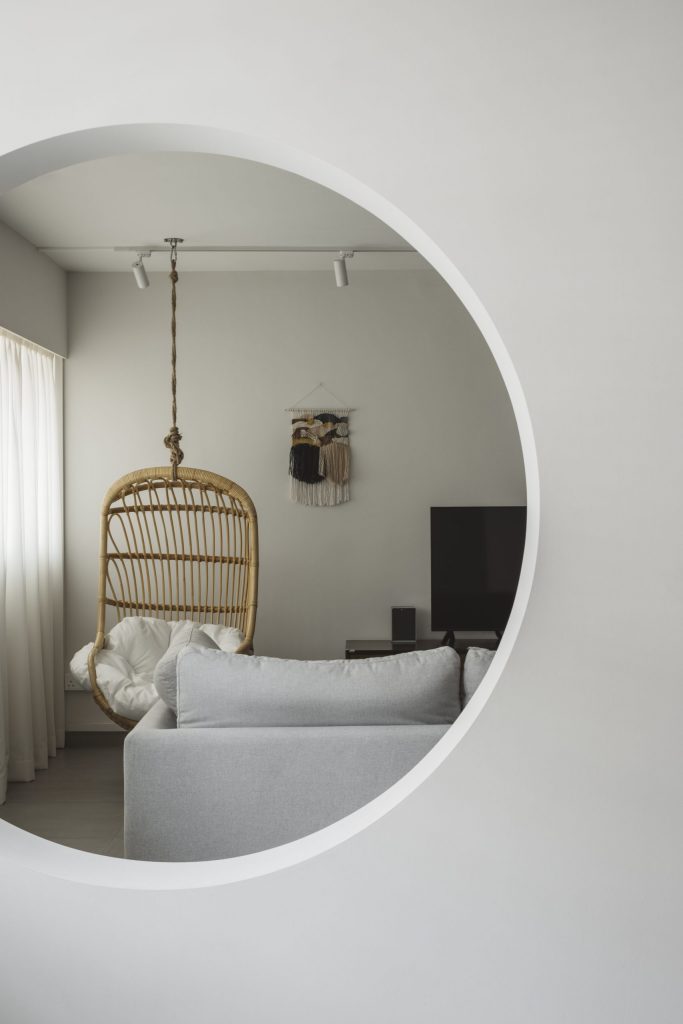
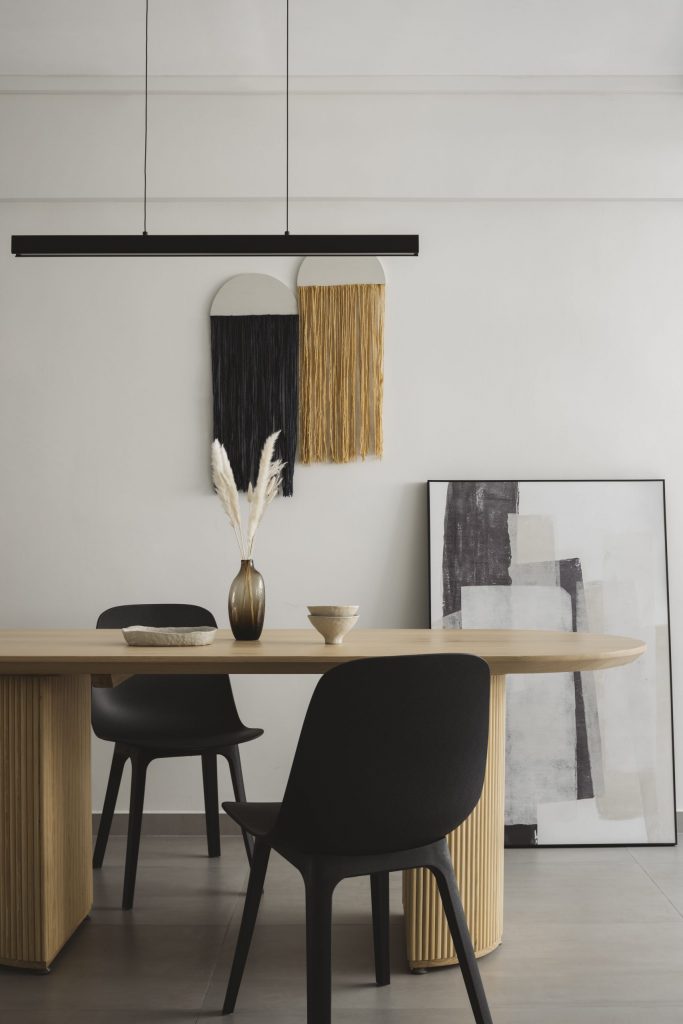
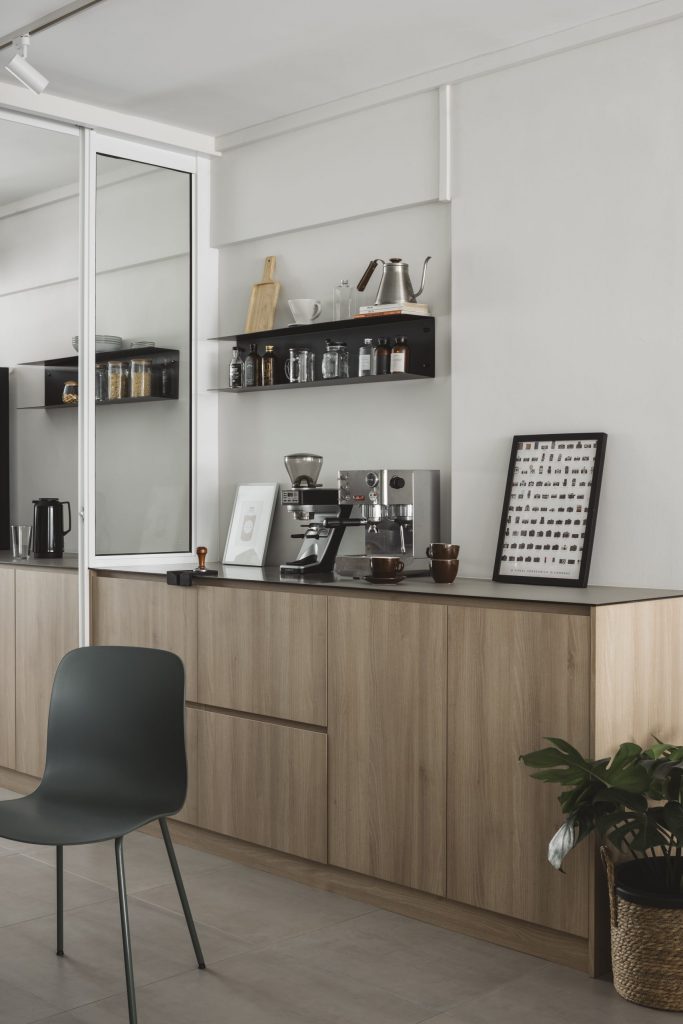
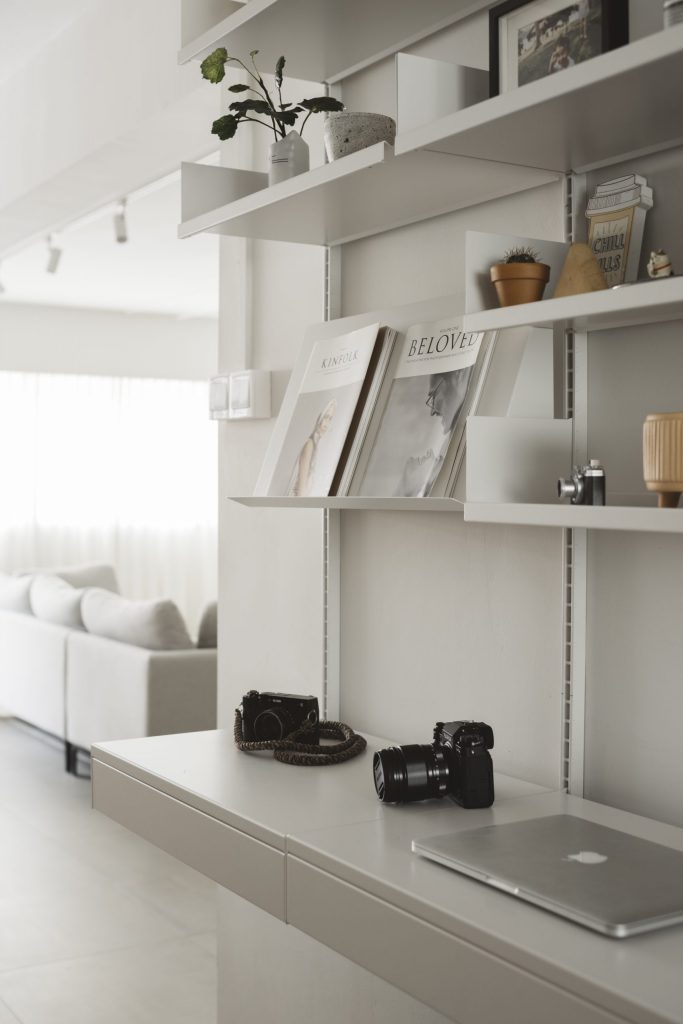
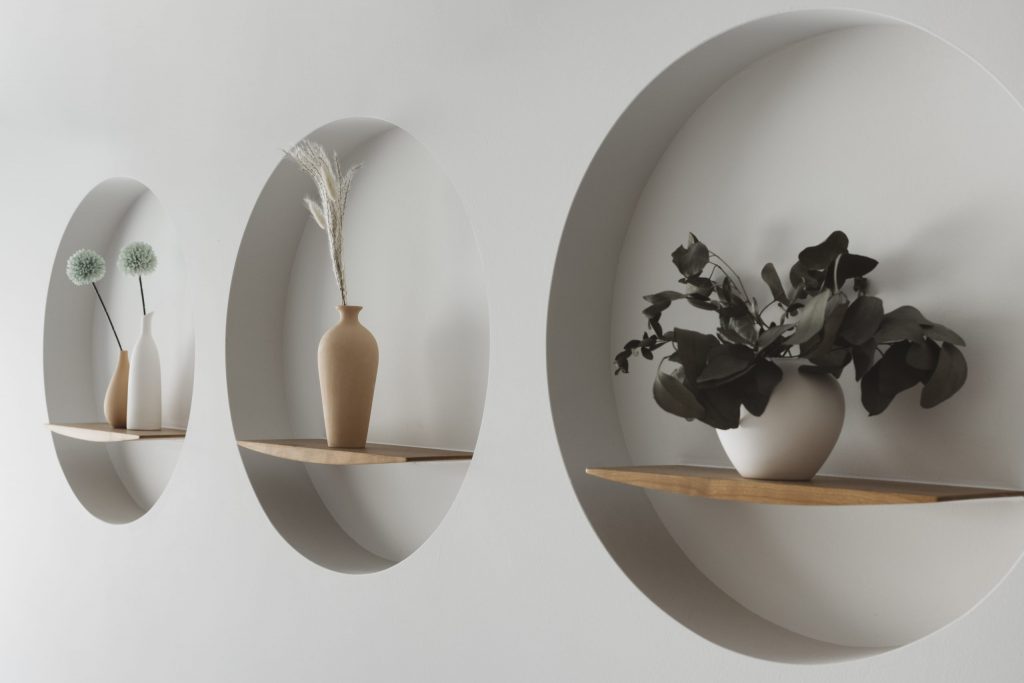
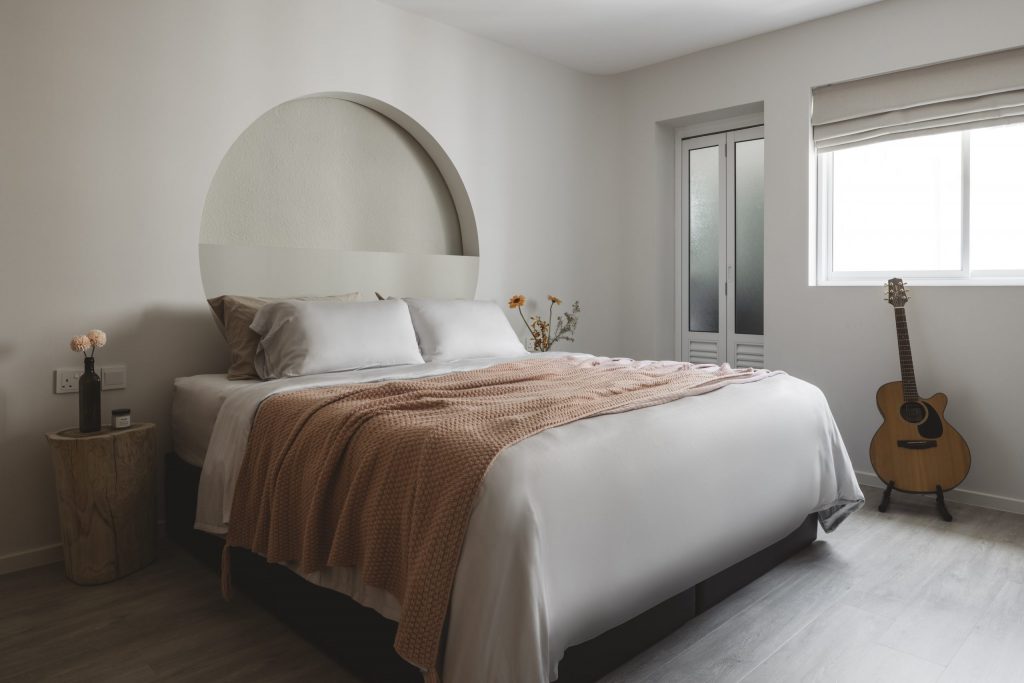
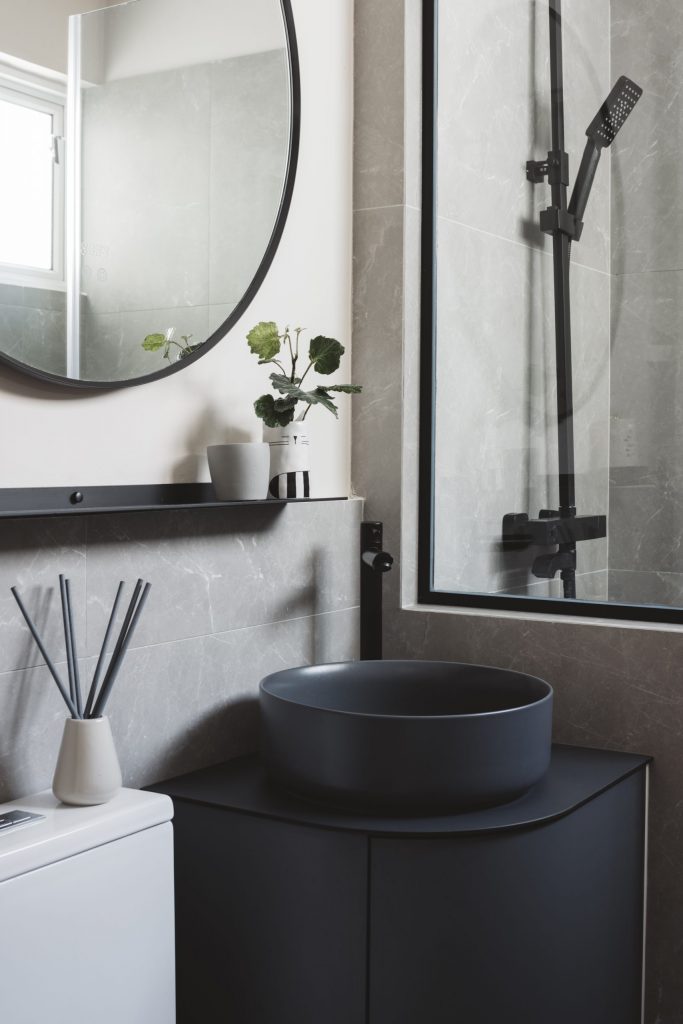
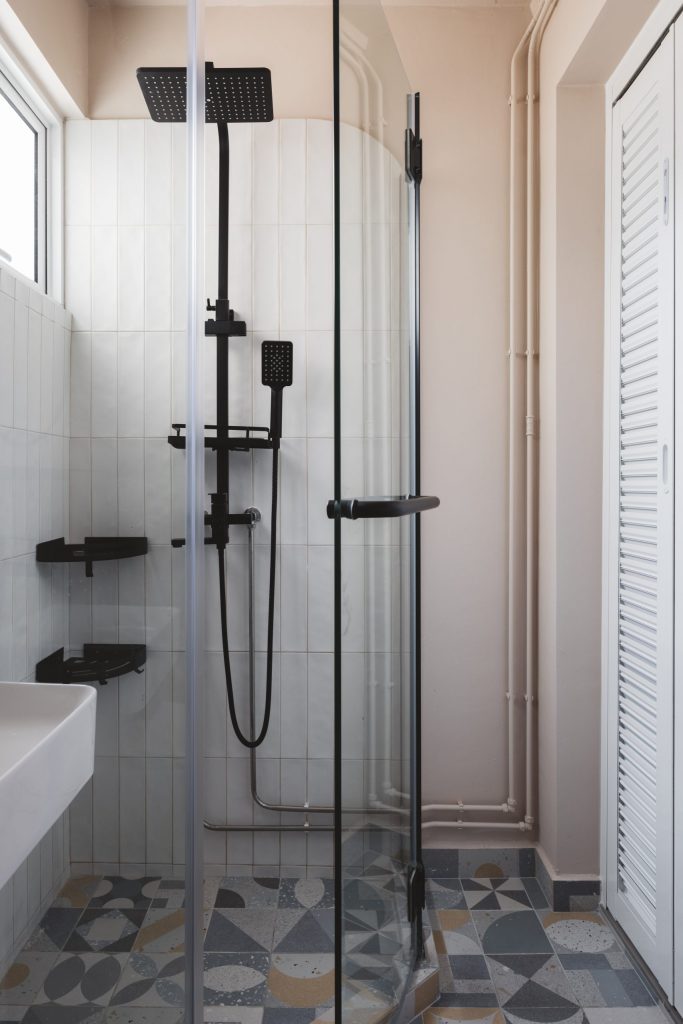
5) 107 Bedok Reservior Road by Roy
Centered on the belief that beauty can be imperfect, incomplete, and impermanent, the philosophy that is Wabi-Sabi seems to buck the trend of everything modern interior design focuses on.
And yet, this 107 Bedok Reservior project by Roy is a shining example of the magic that can occur when like-minded homeowners and designers come together.
In this Wabi-sabi home, the beauty of imperfection is apparent in every nook and cranny, with the designer unafraid to incorporate raw finishes, beautiful natural materials, and bespoke vintage furniture to play up the aesthetic.
From the quirky finishing on the cement walls, the all-natural wood grain on the carpentry to the choice of vintage furnishings, the conscious choice to focus on the incompleteness of the objects leaves room for possibilities and growth.
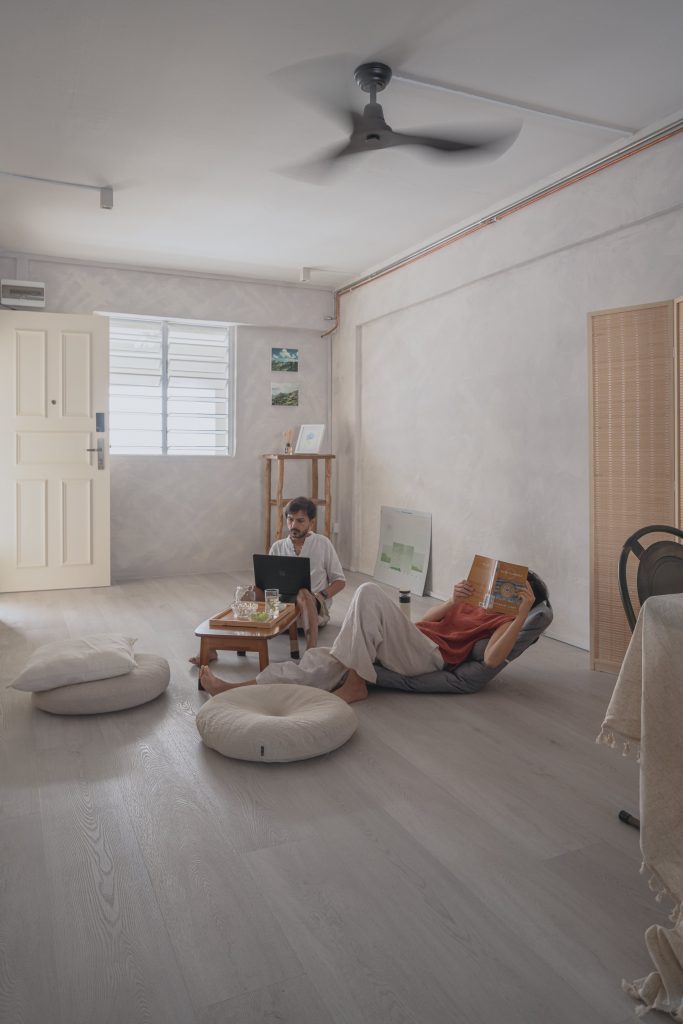
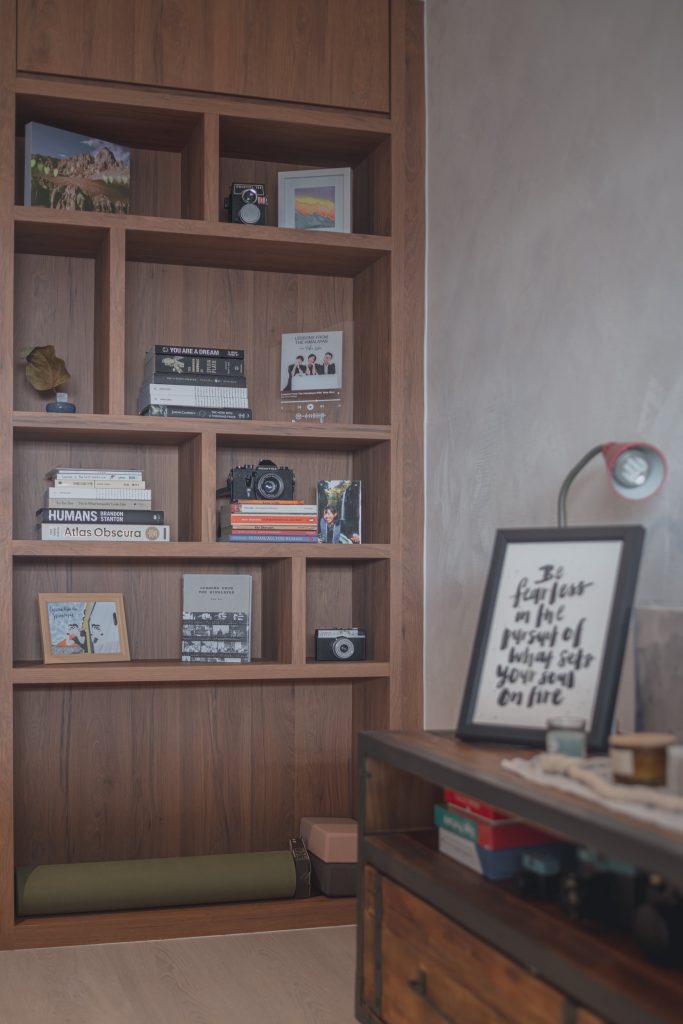
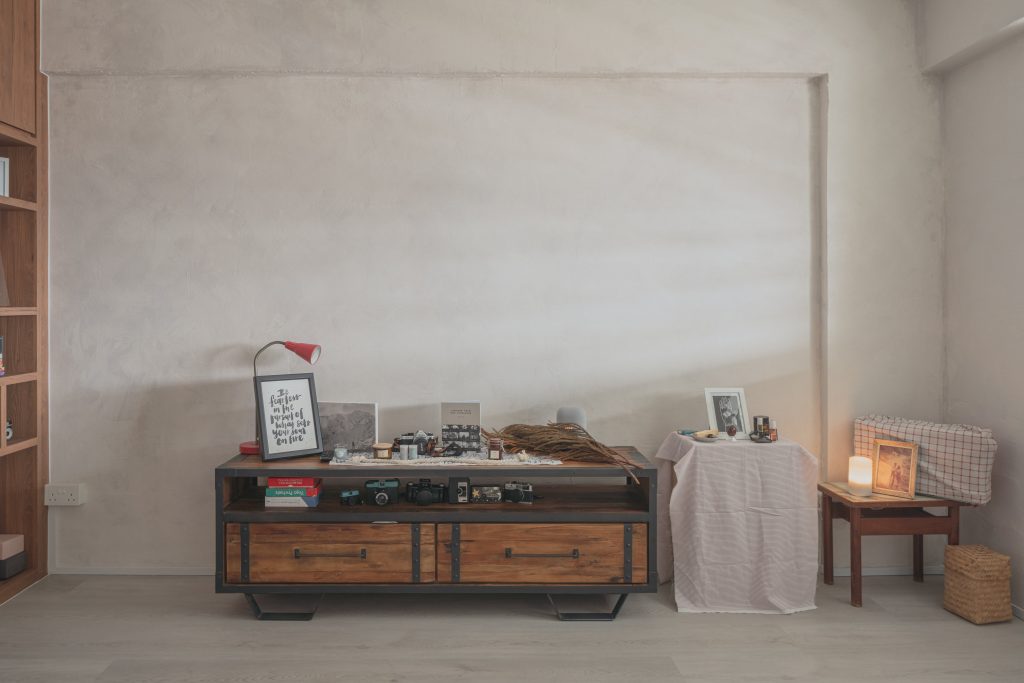
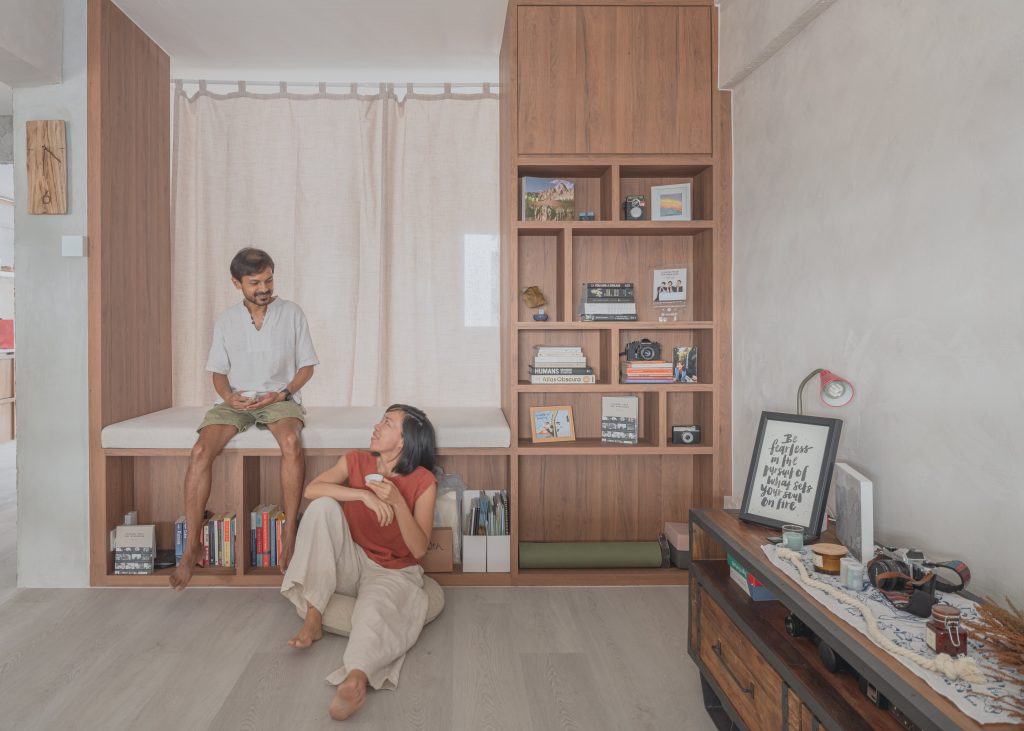
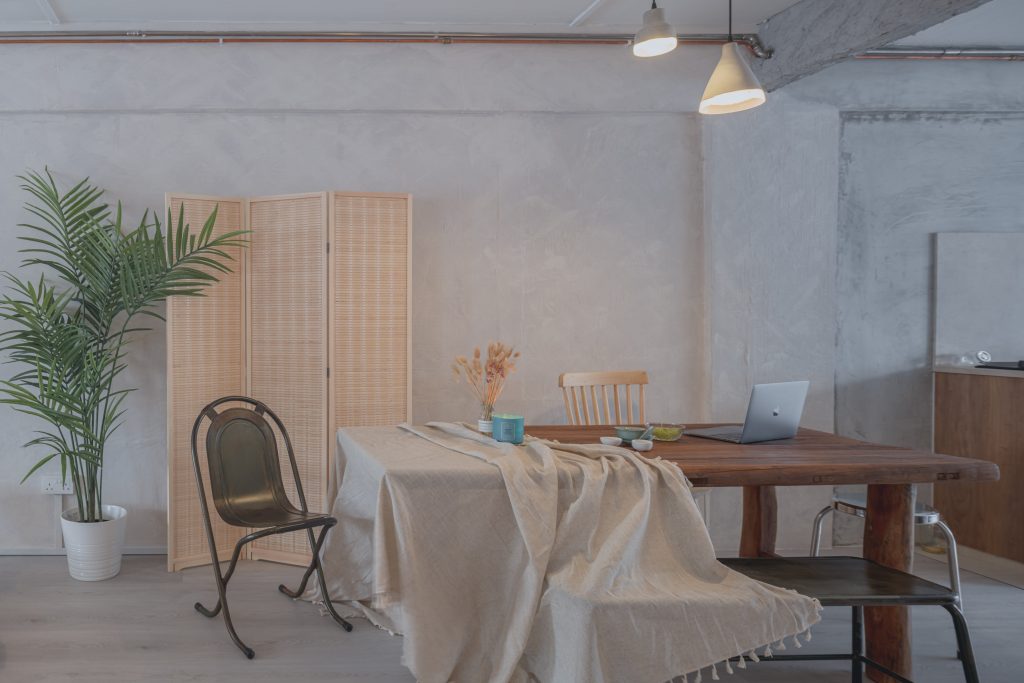
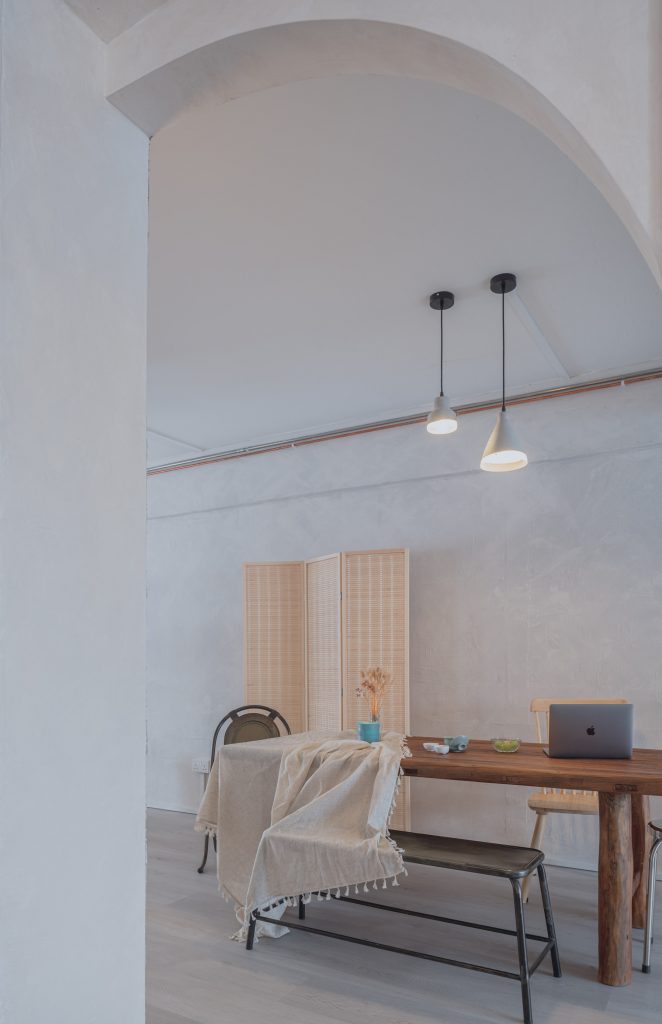
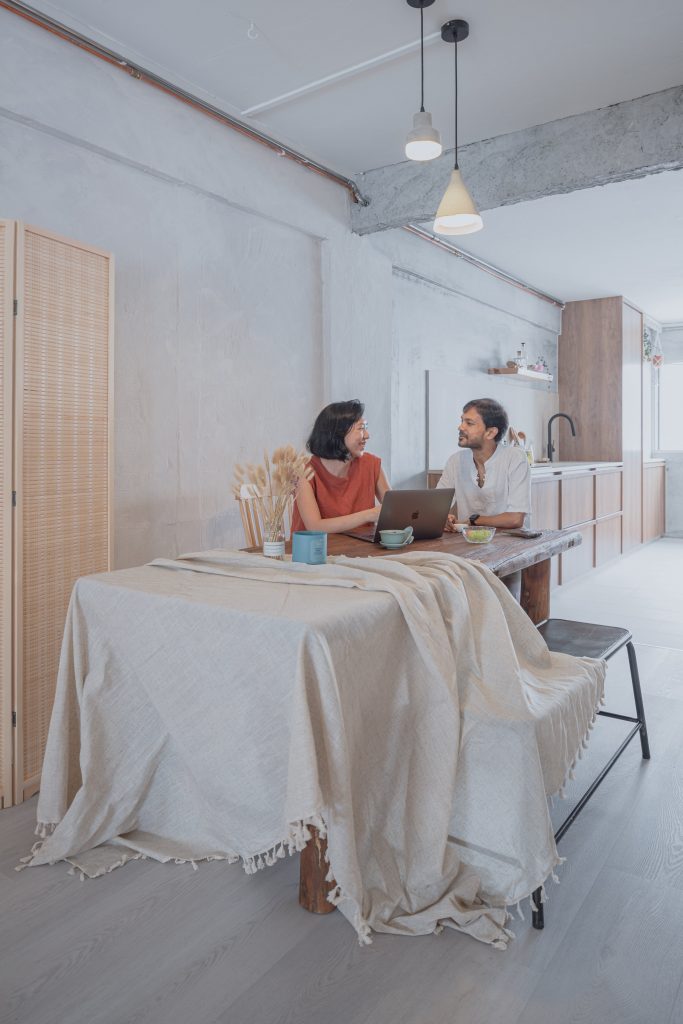
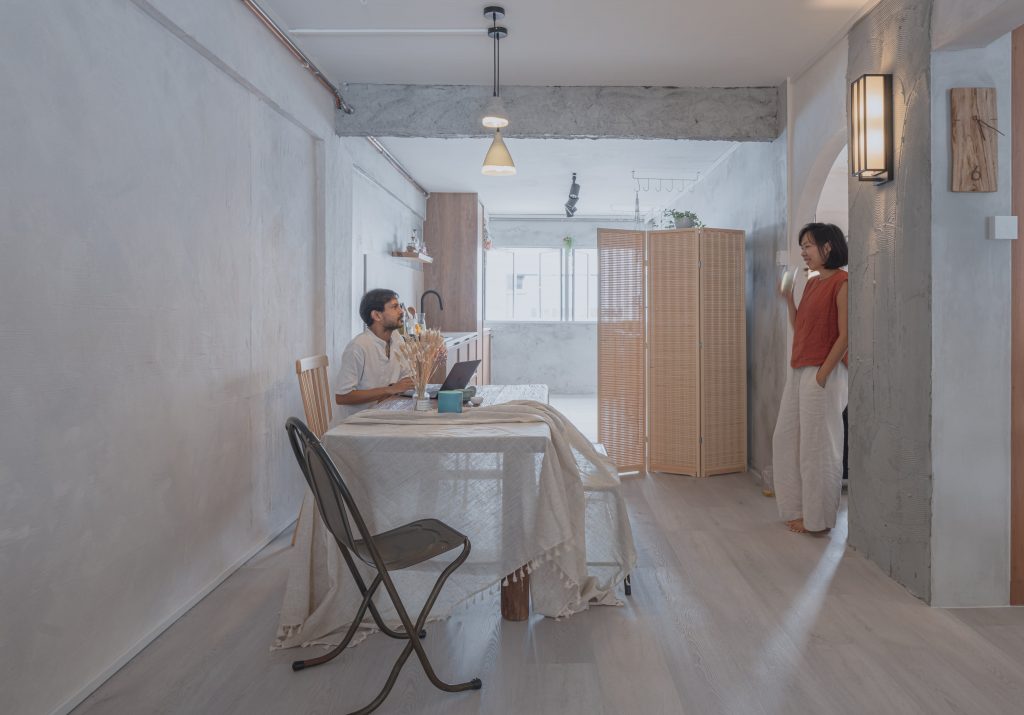
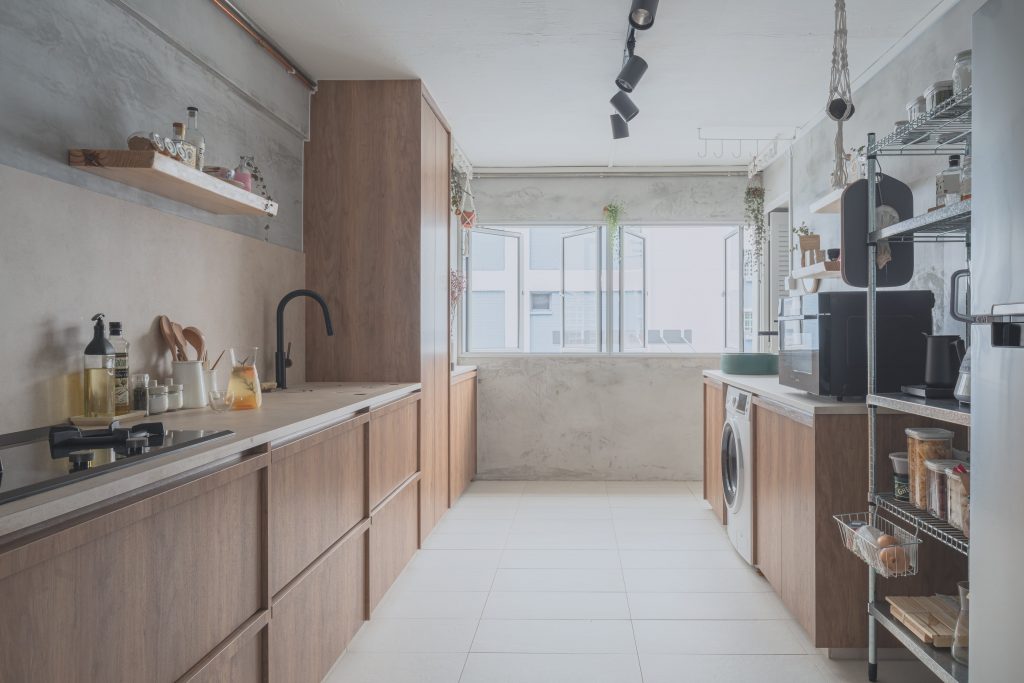
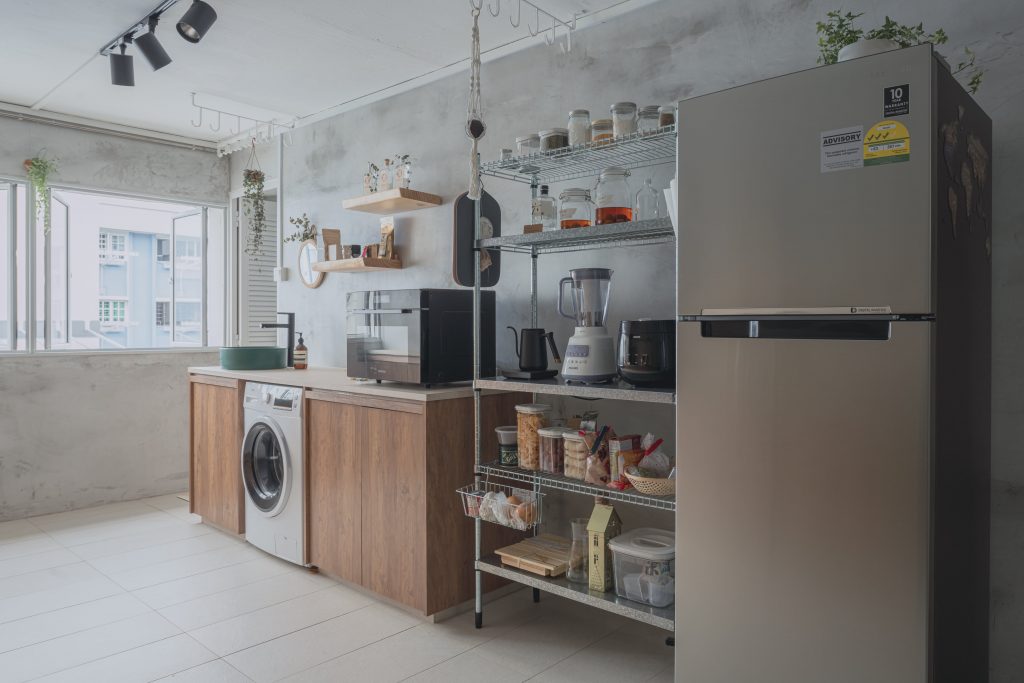
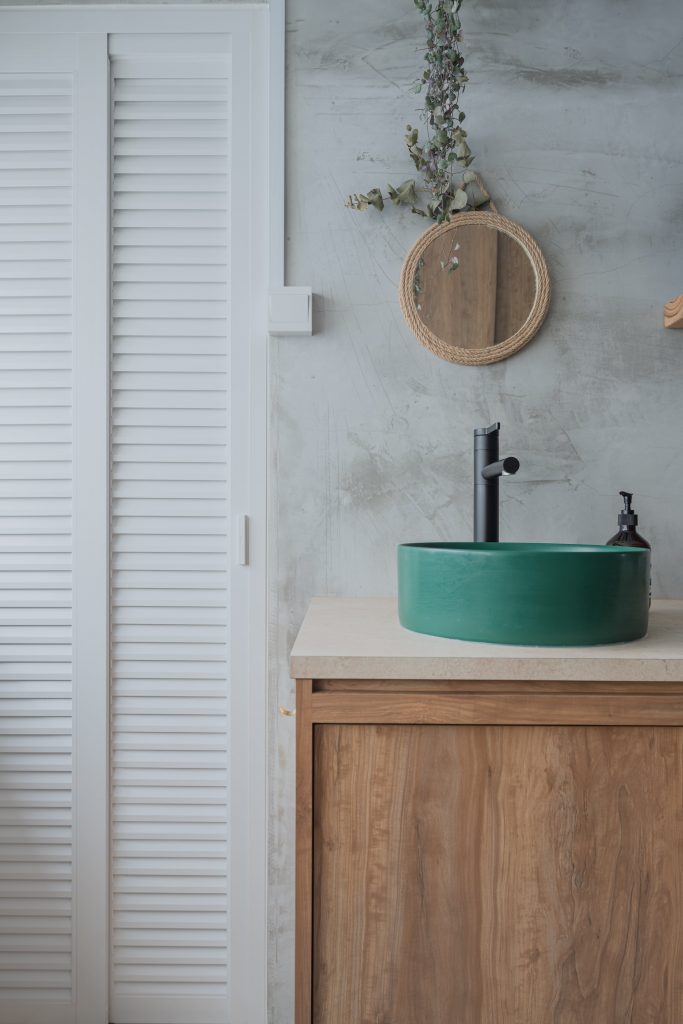
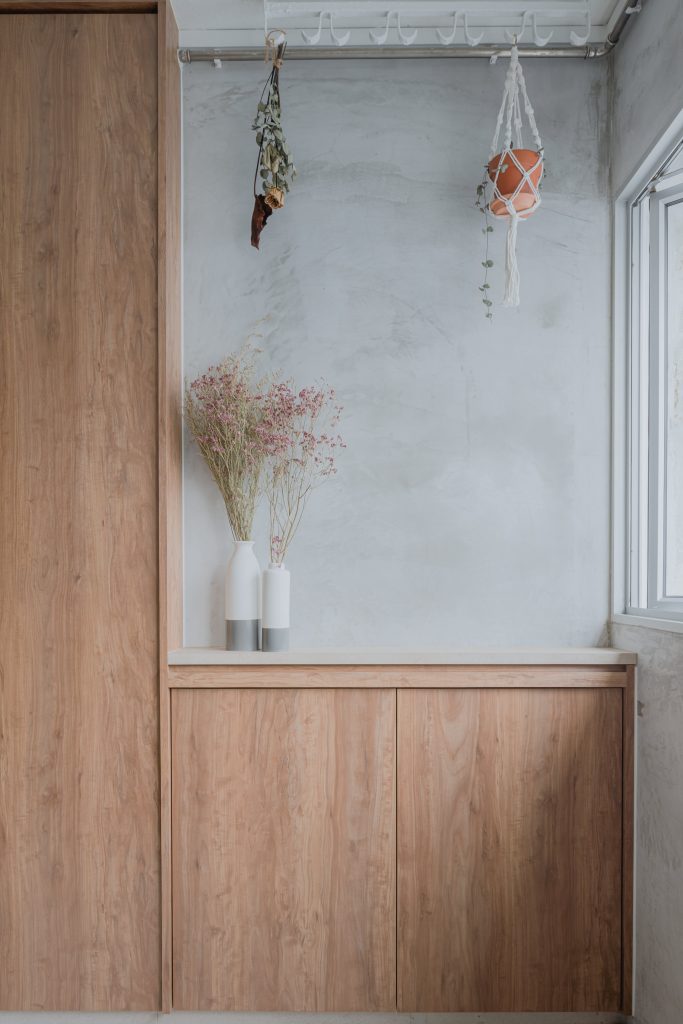
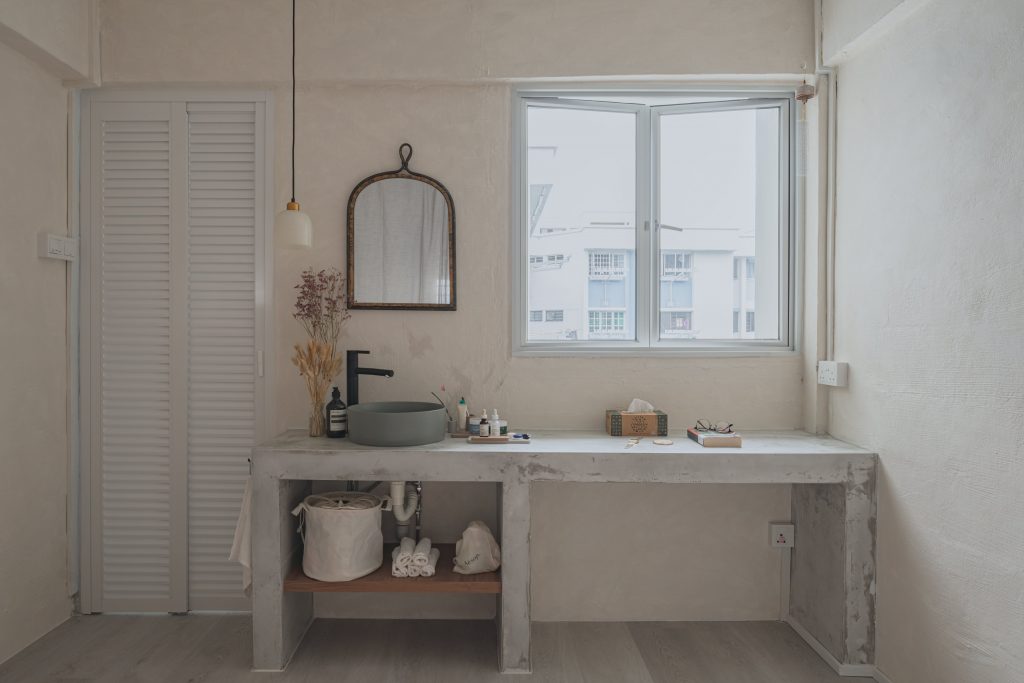
Love the idea of incorporating Wabi-Sabi into your home? Head over to our designer page for more inspirational home designs.
You will receive a personal login only after you have
submitted a designers shortlist.

